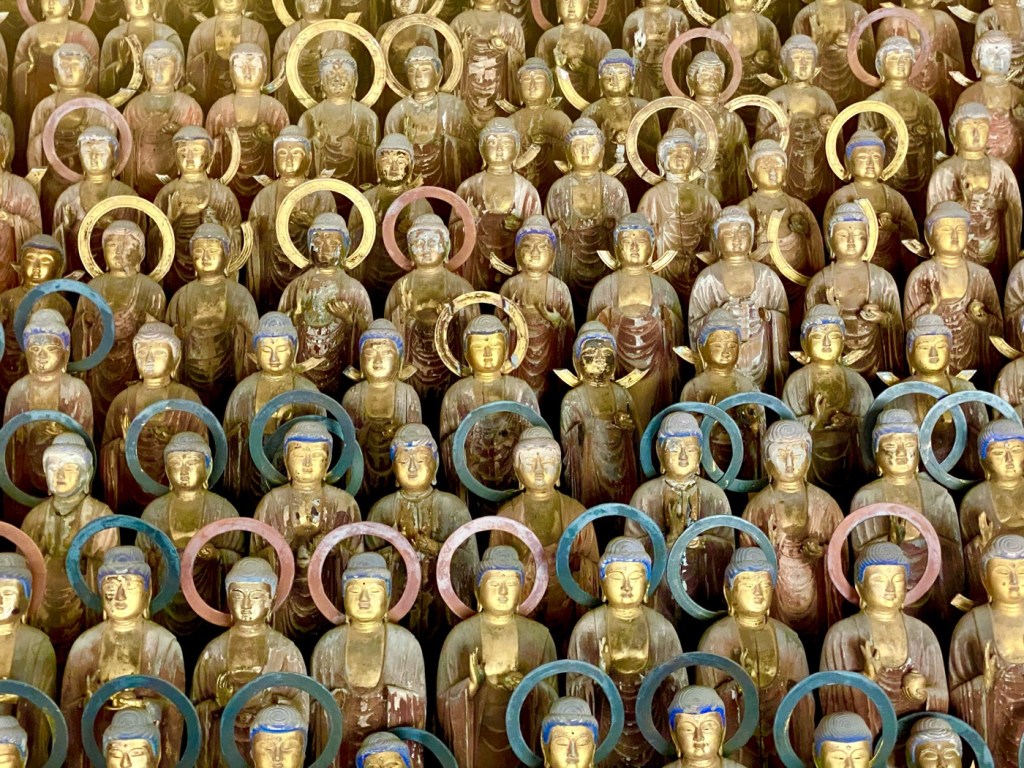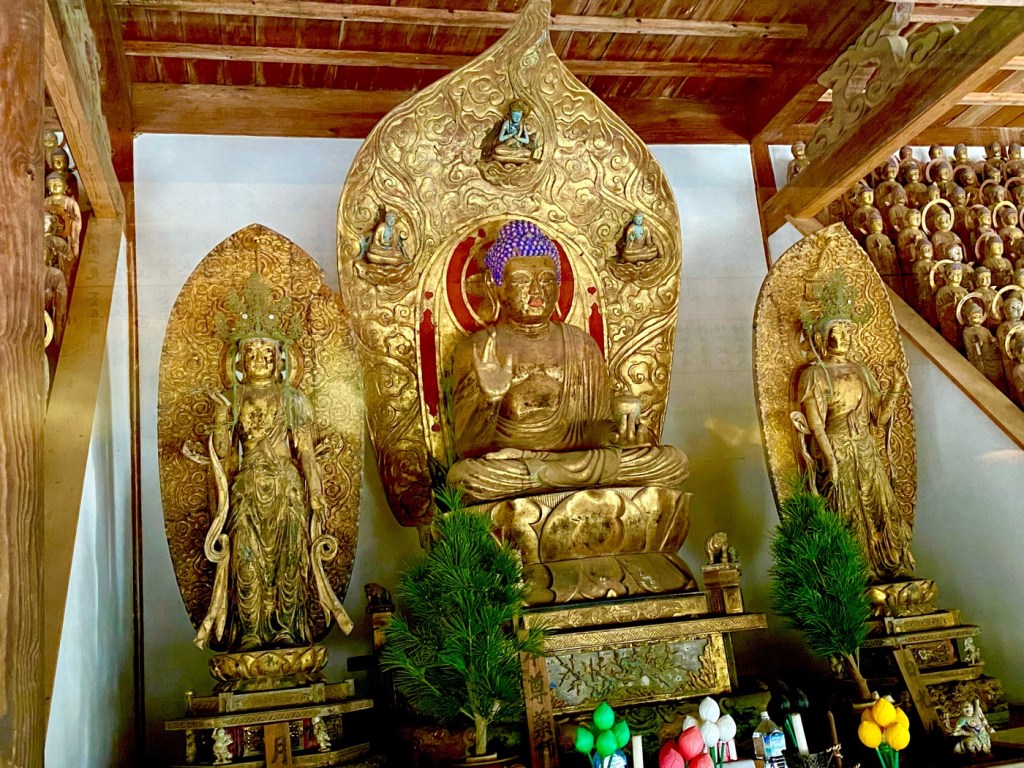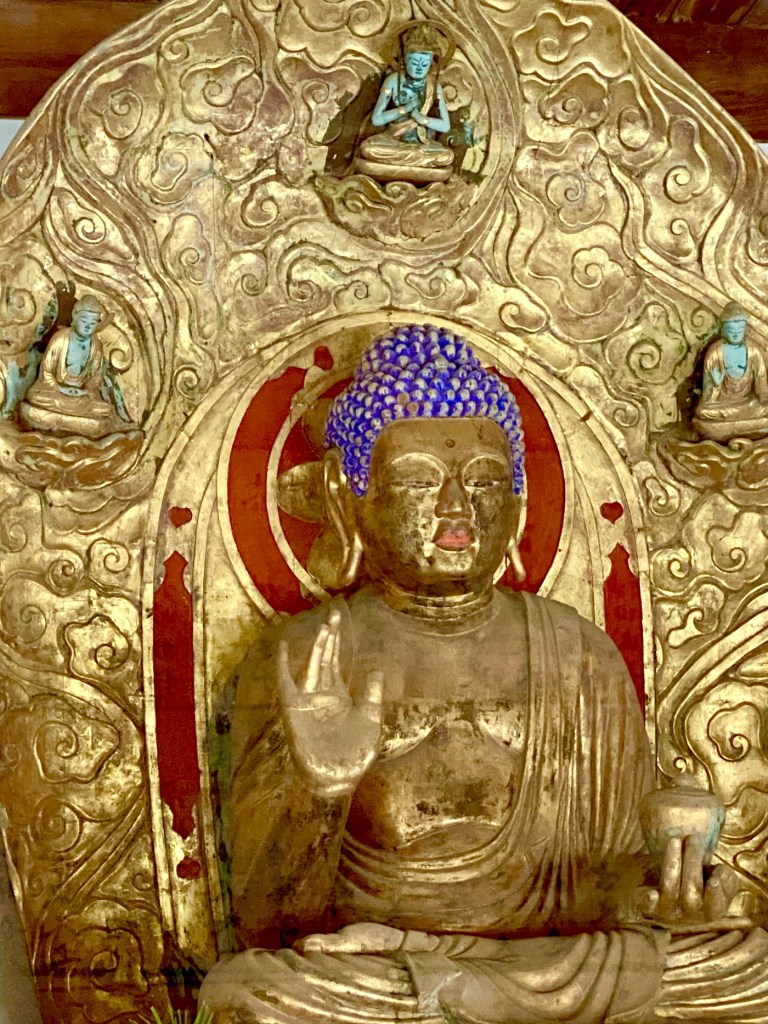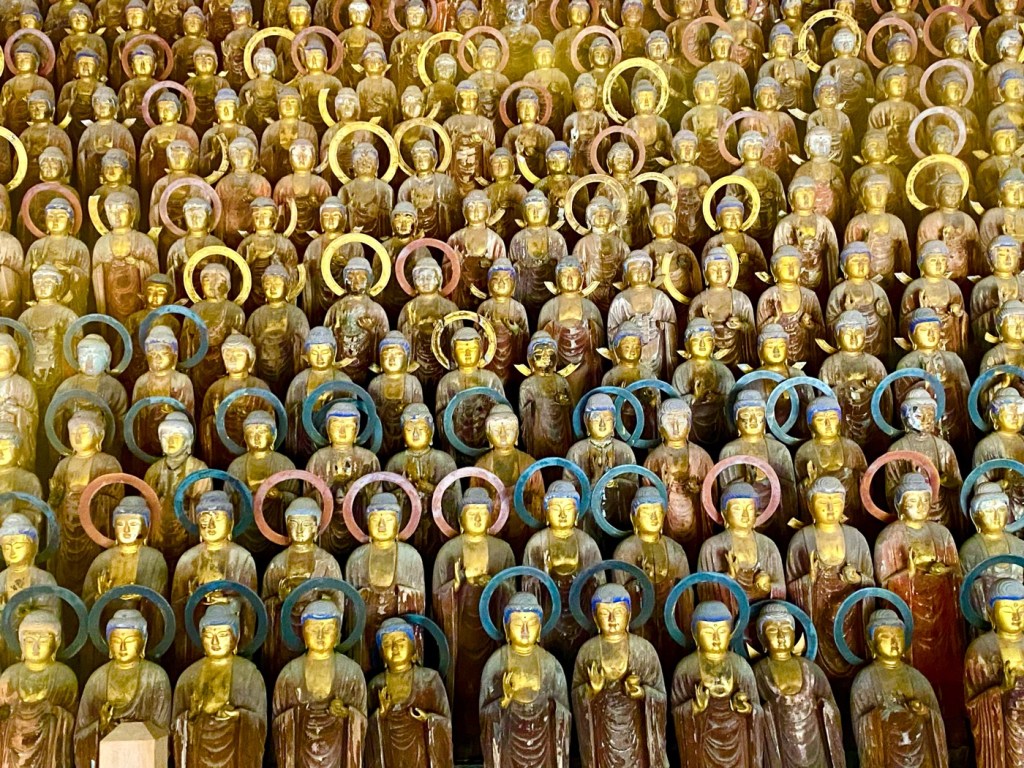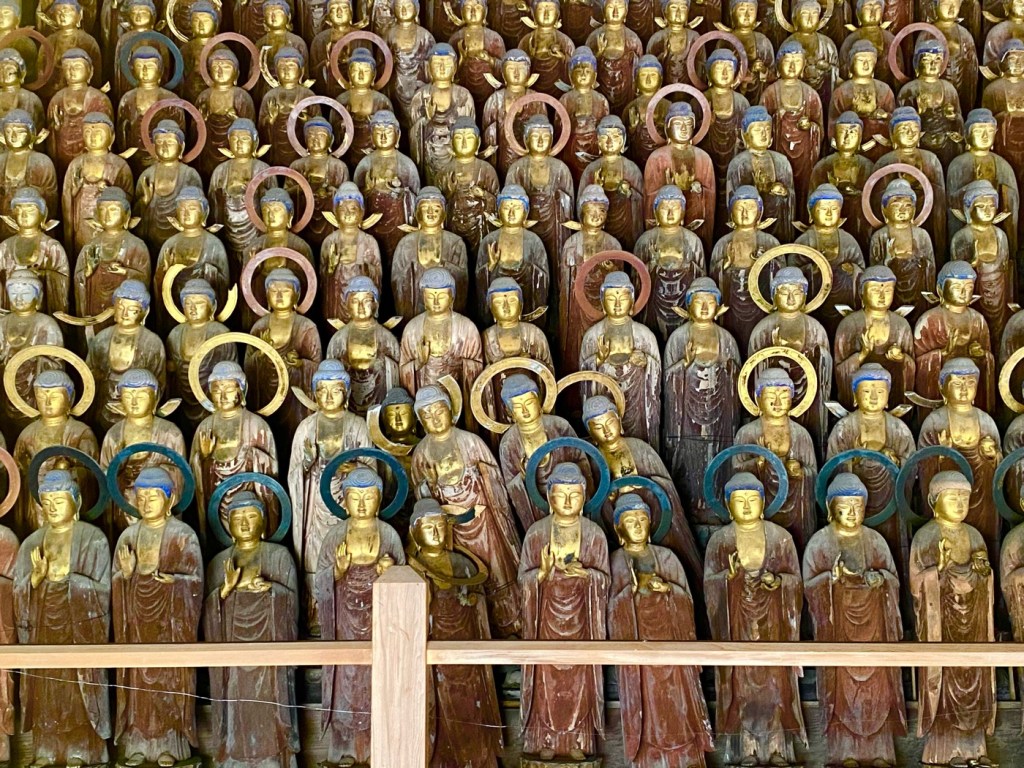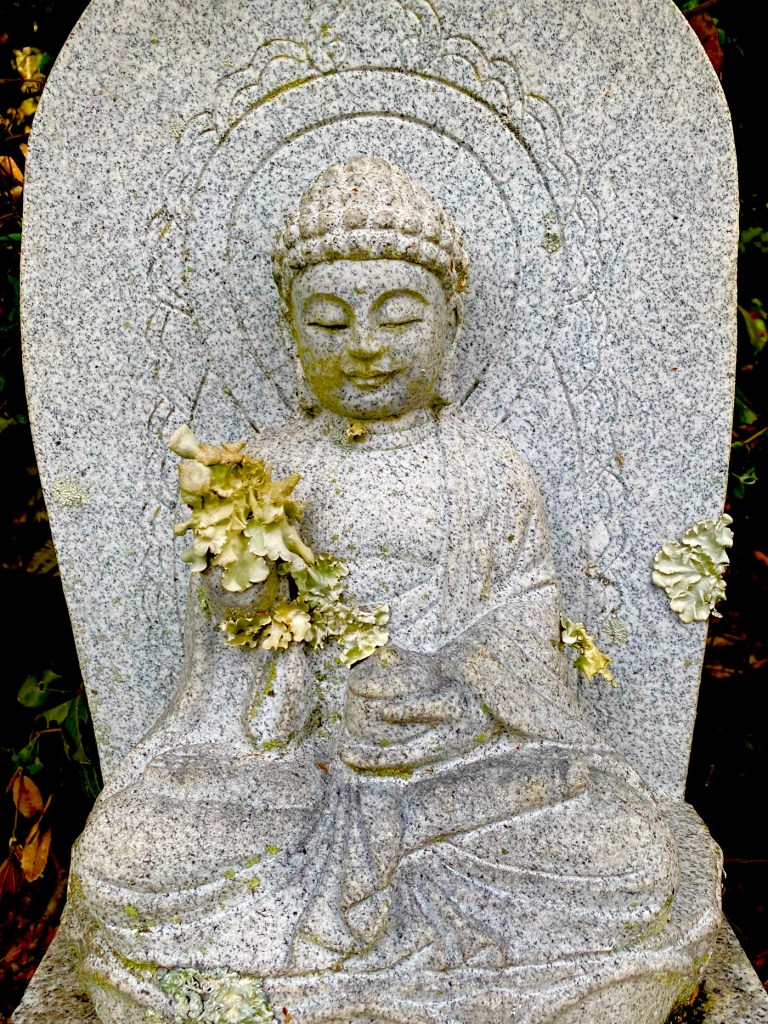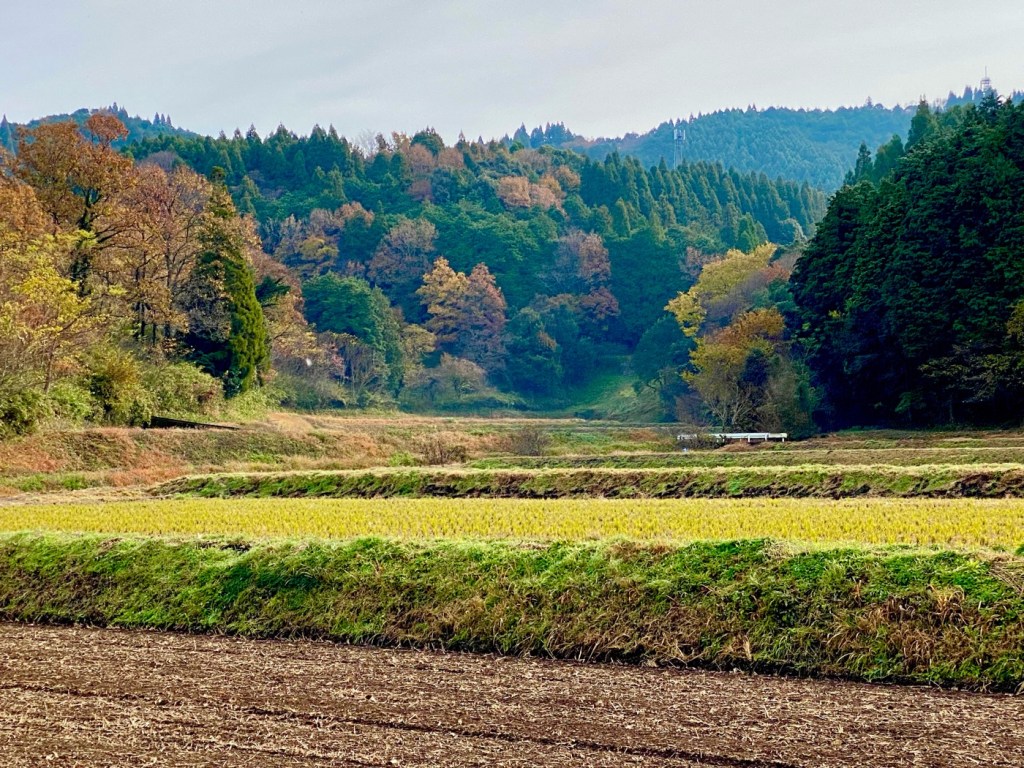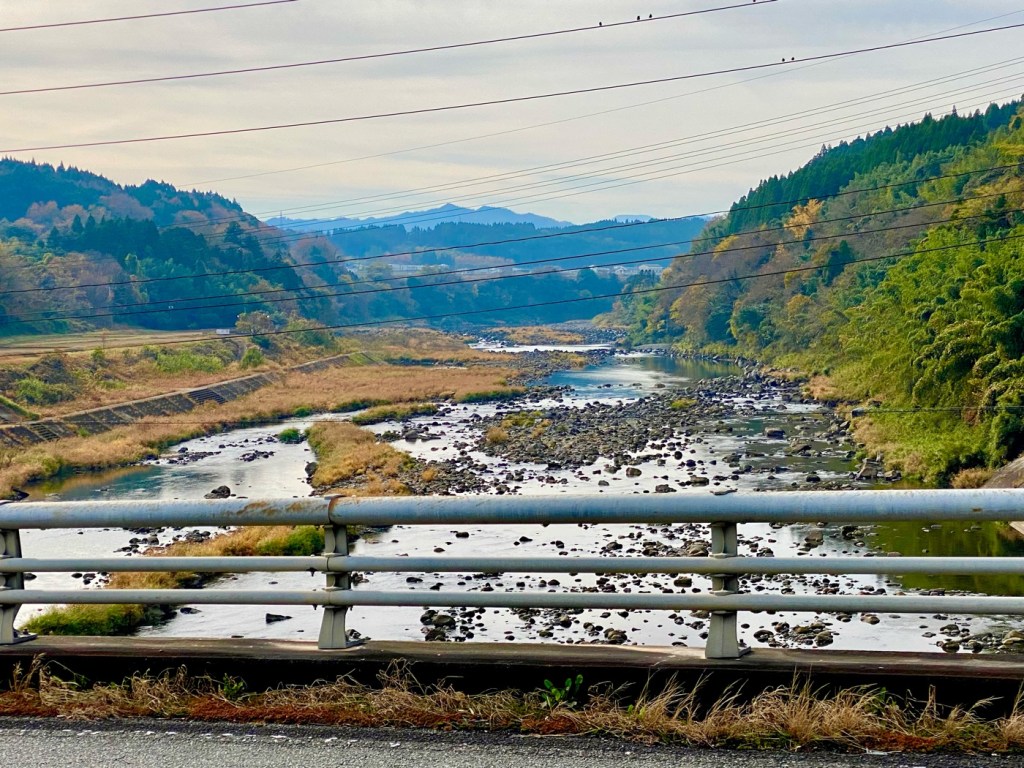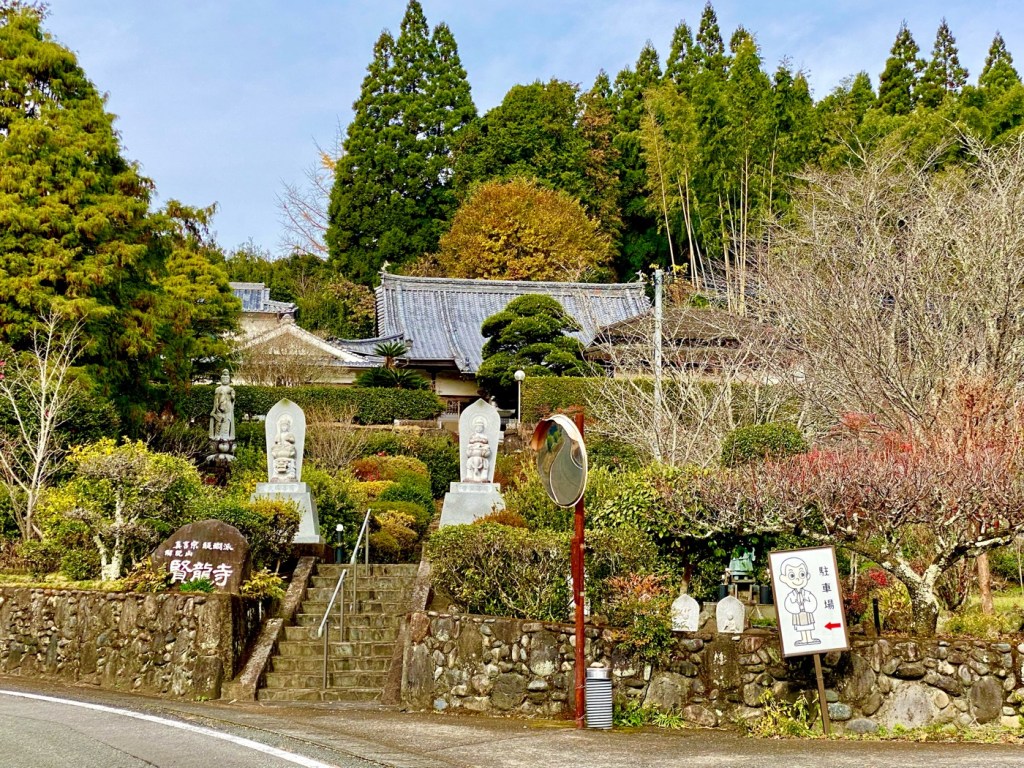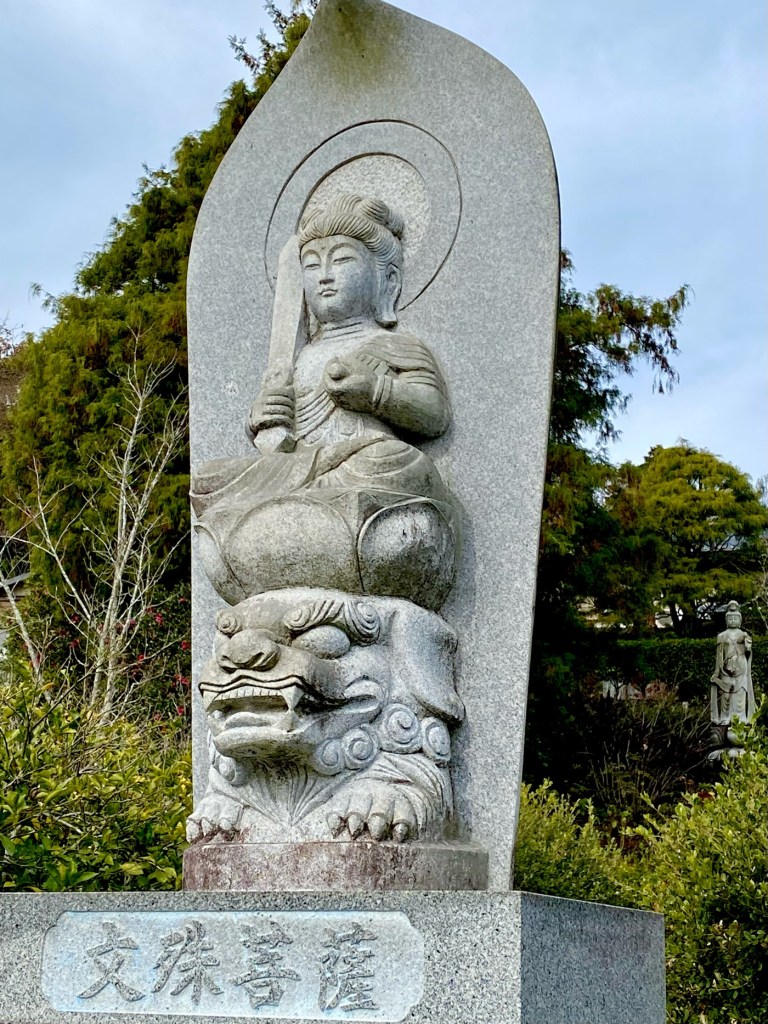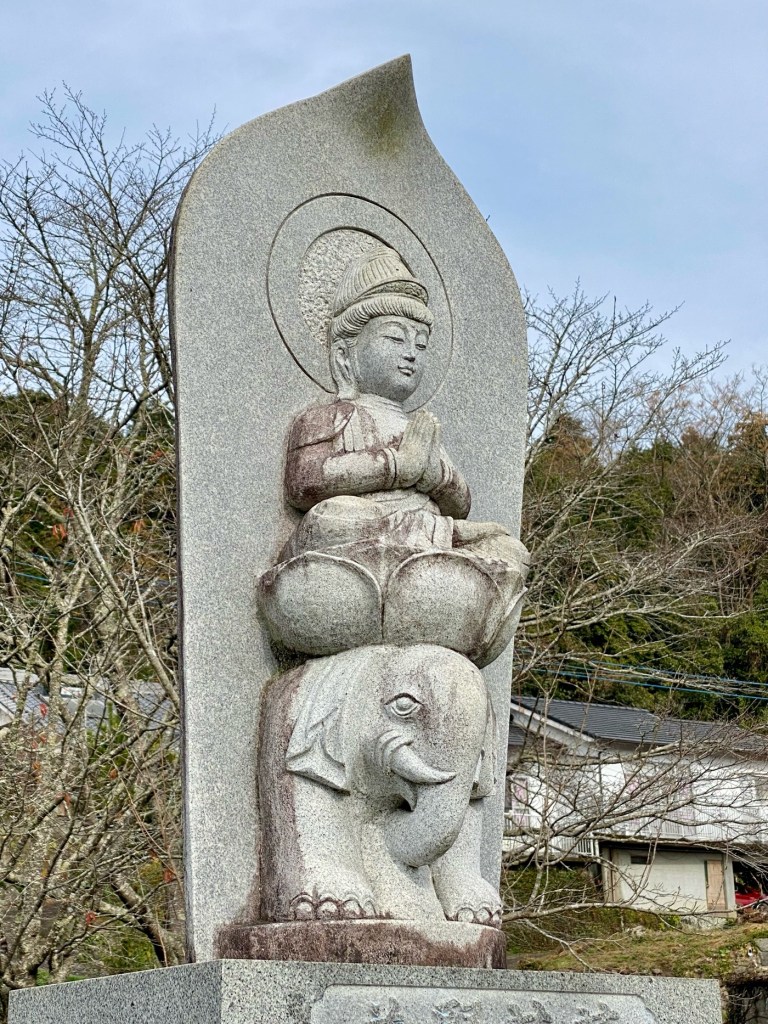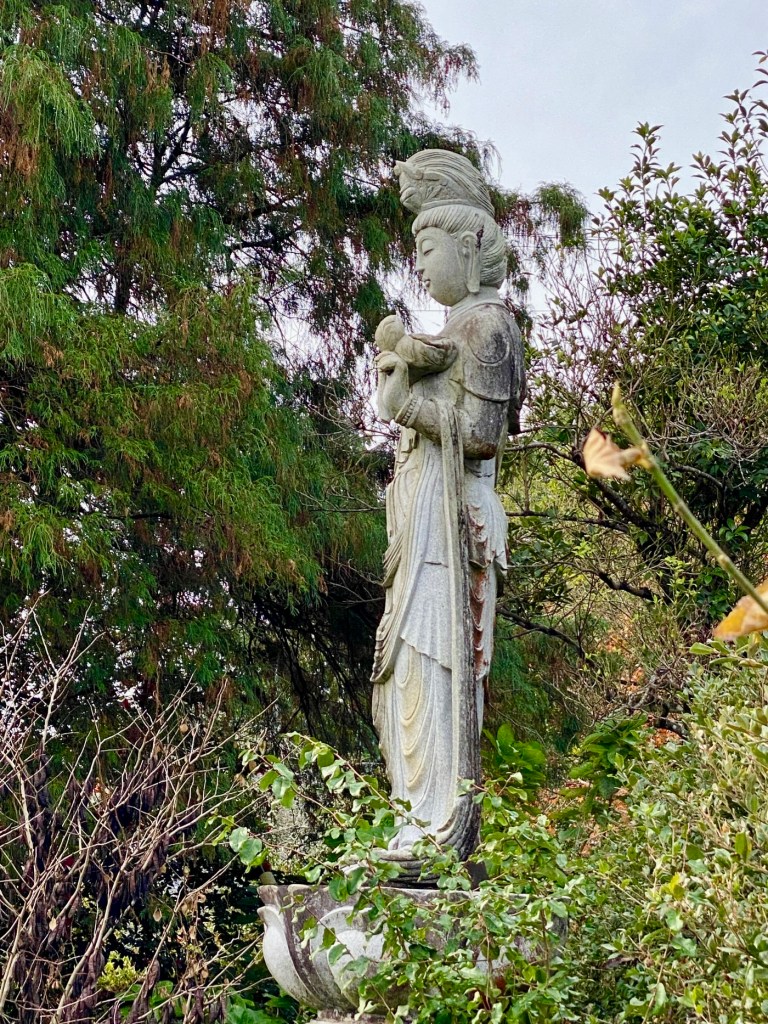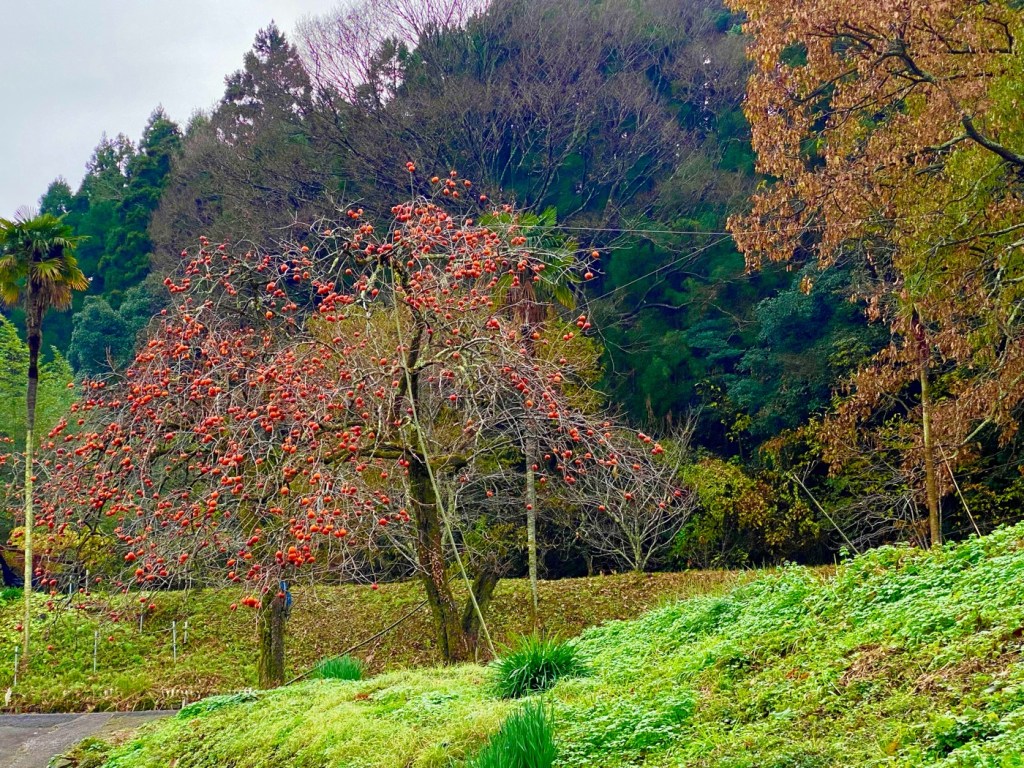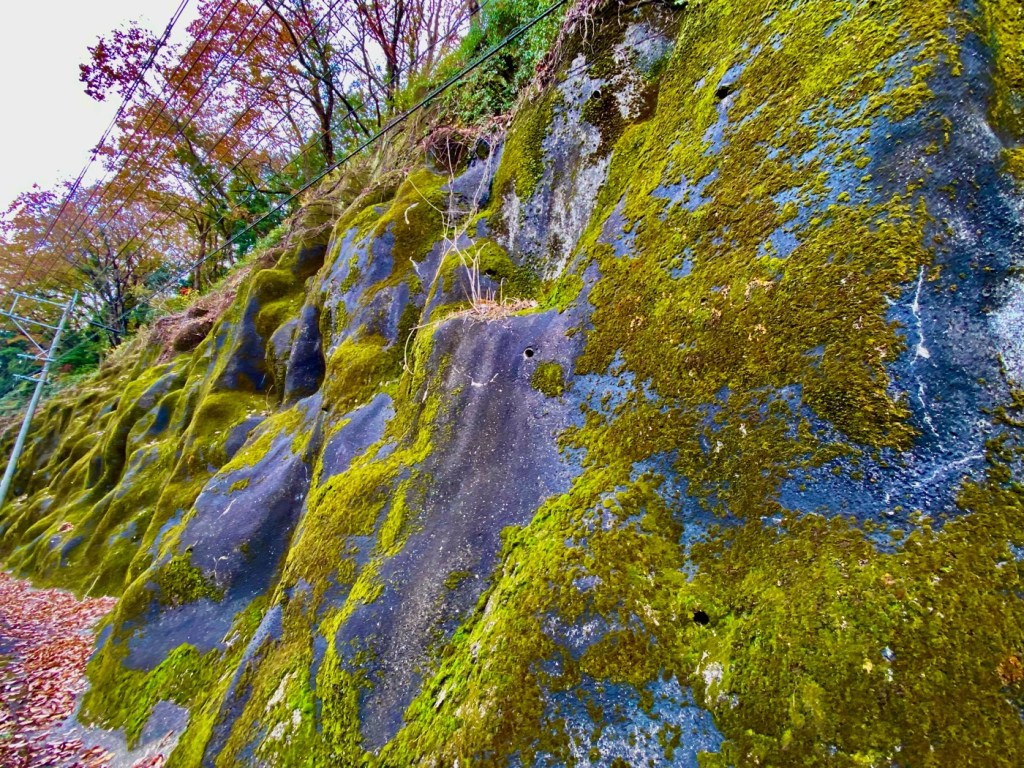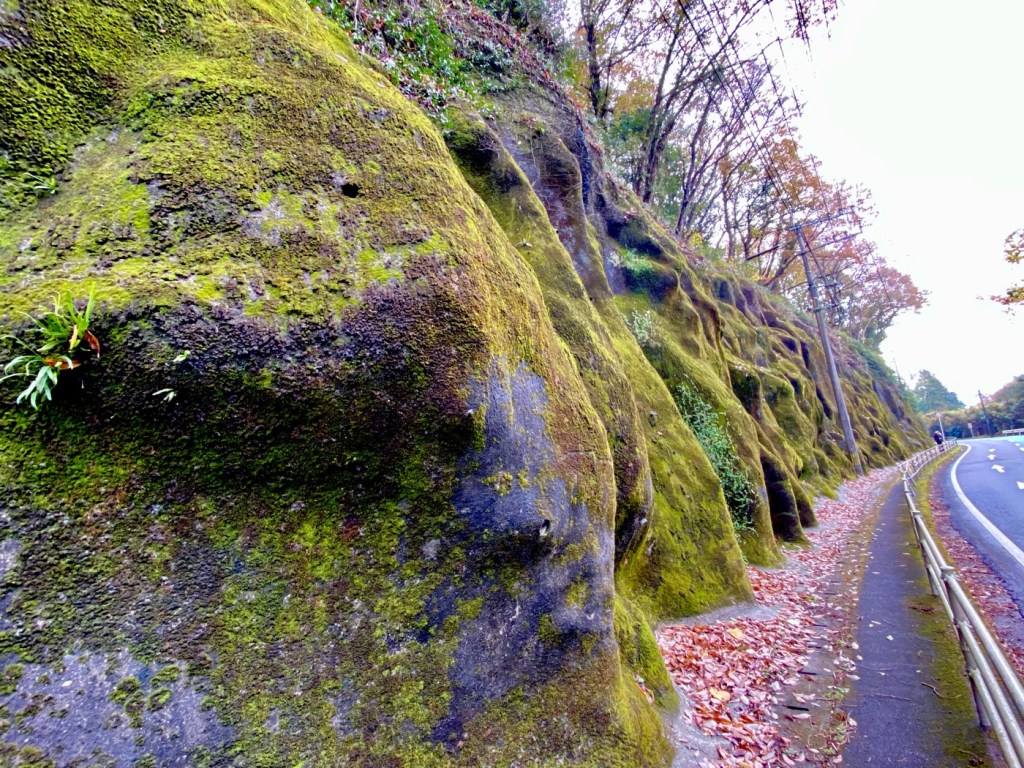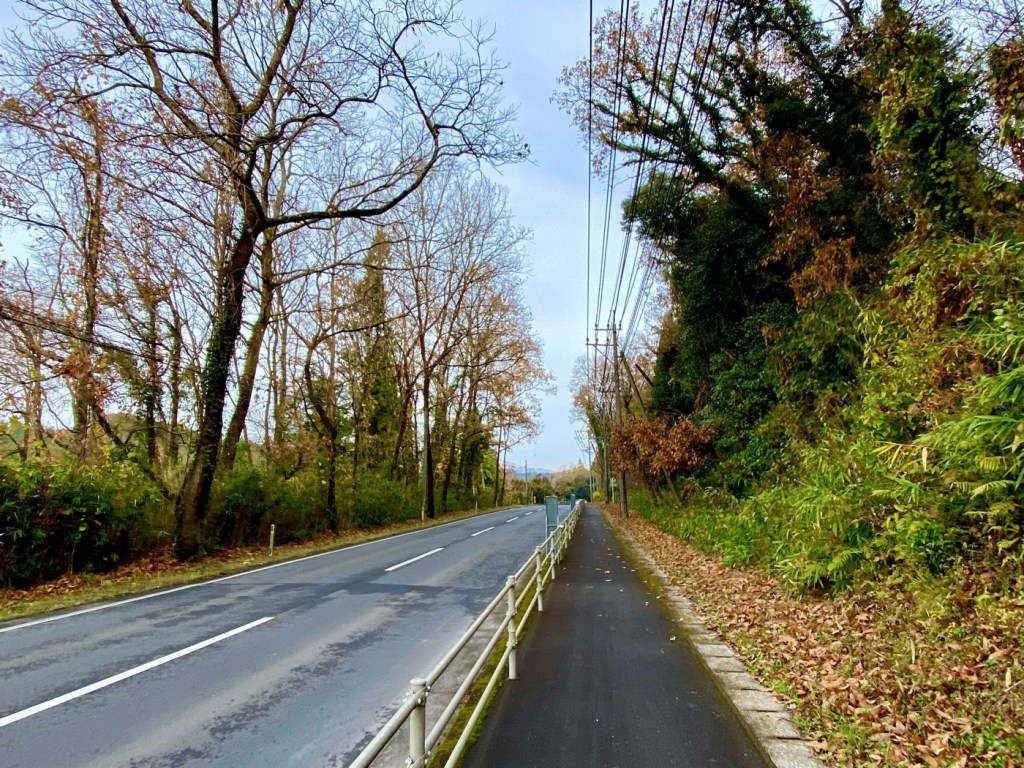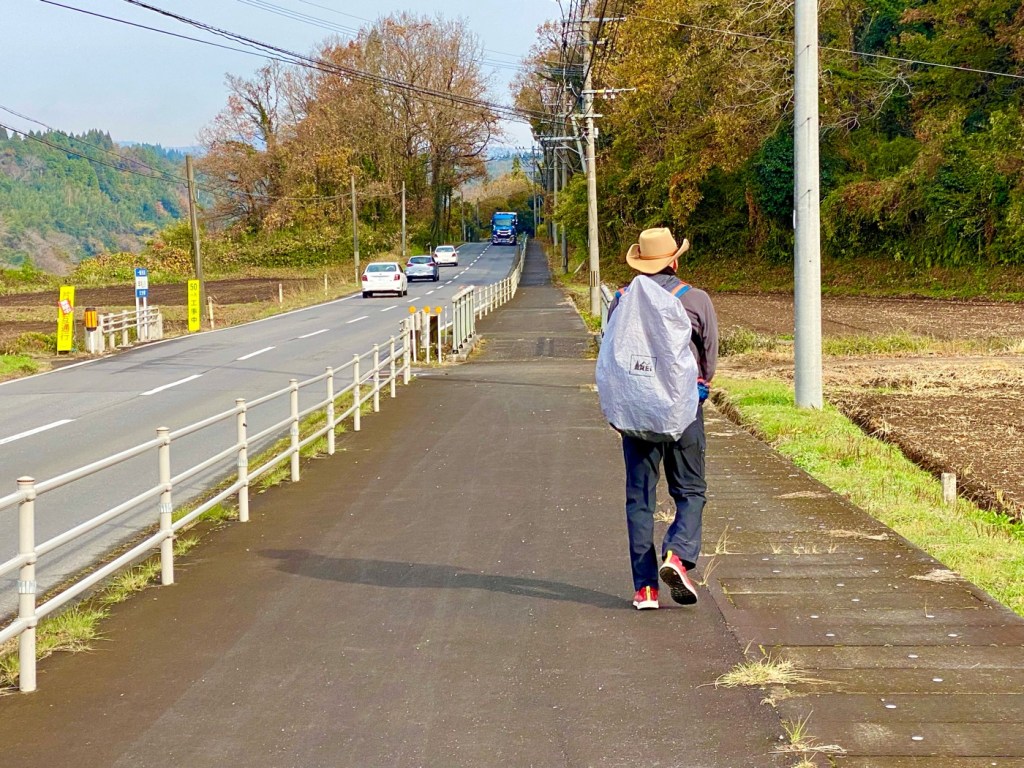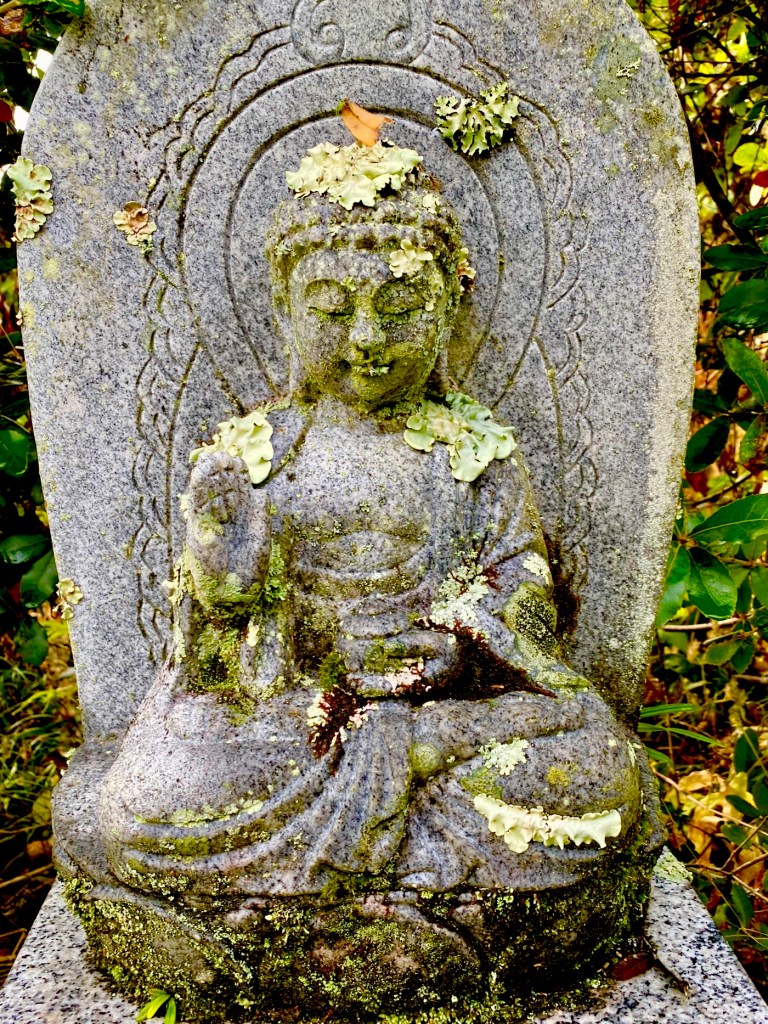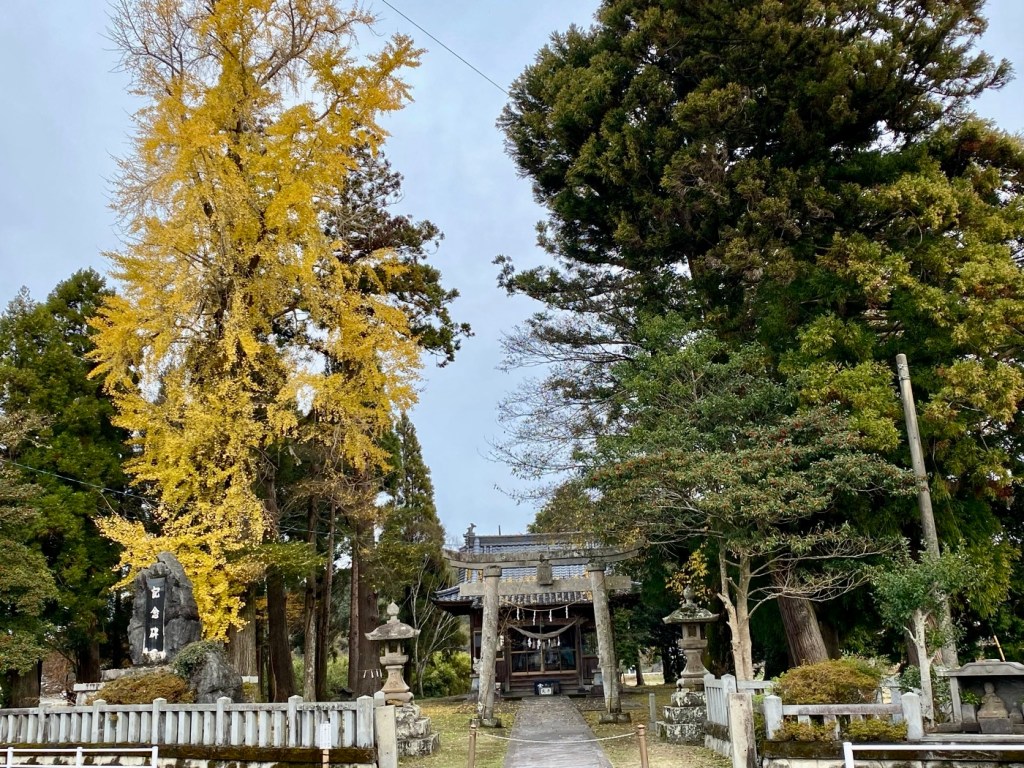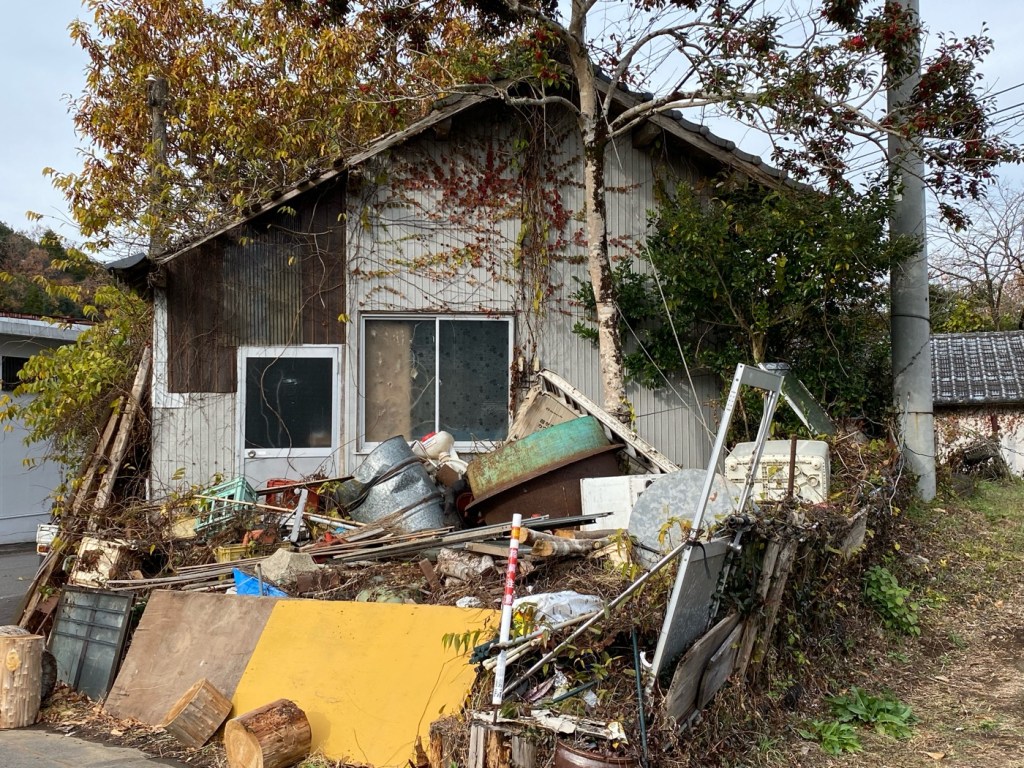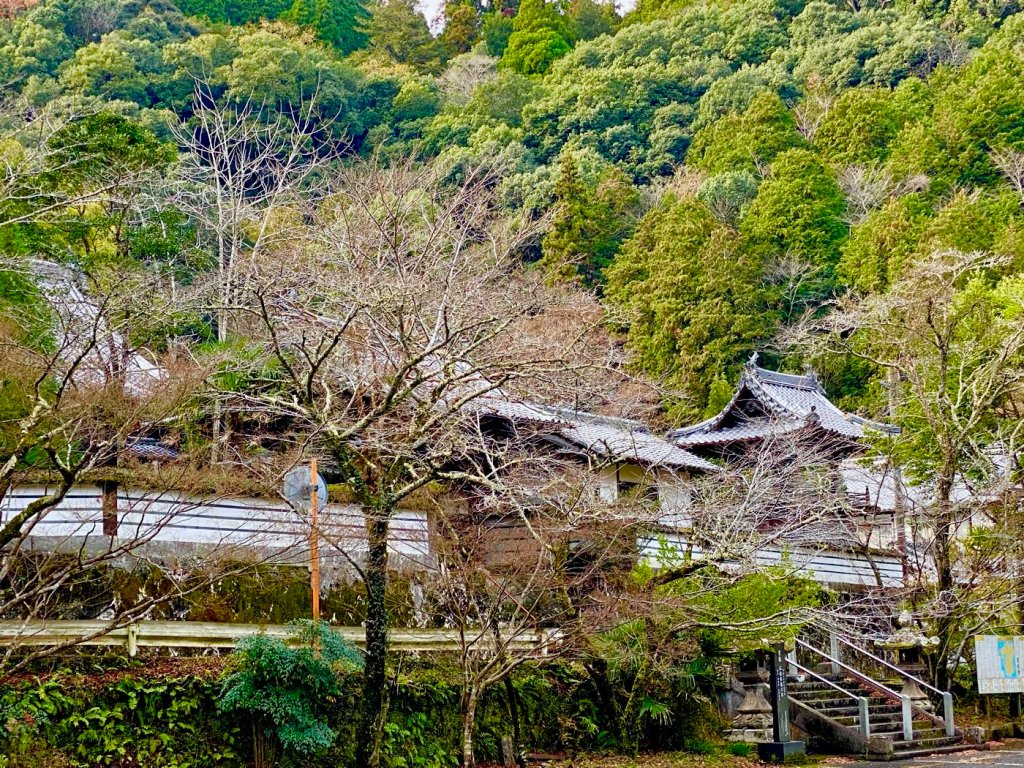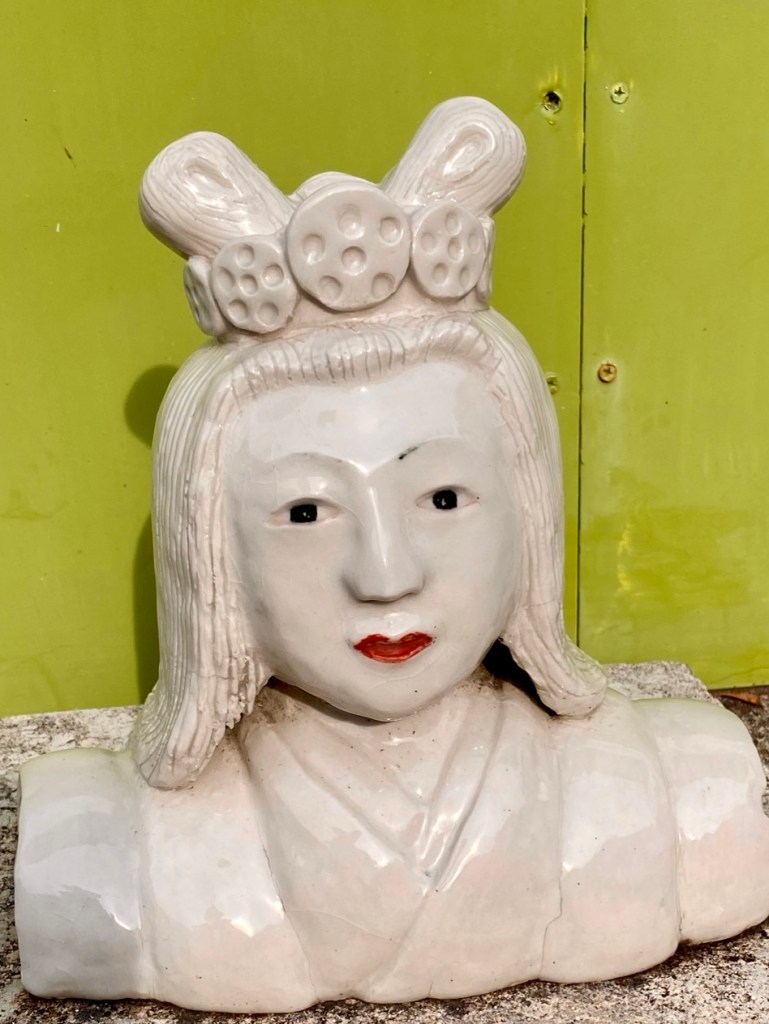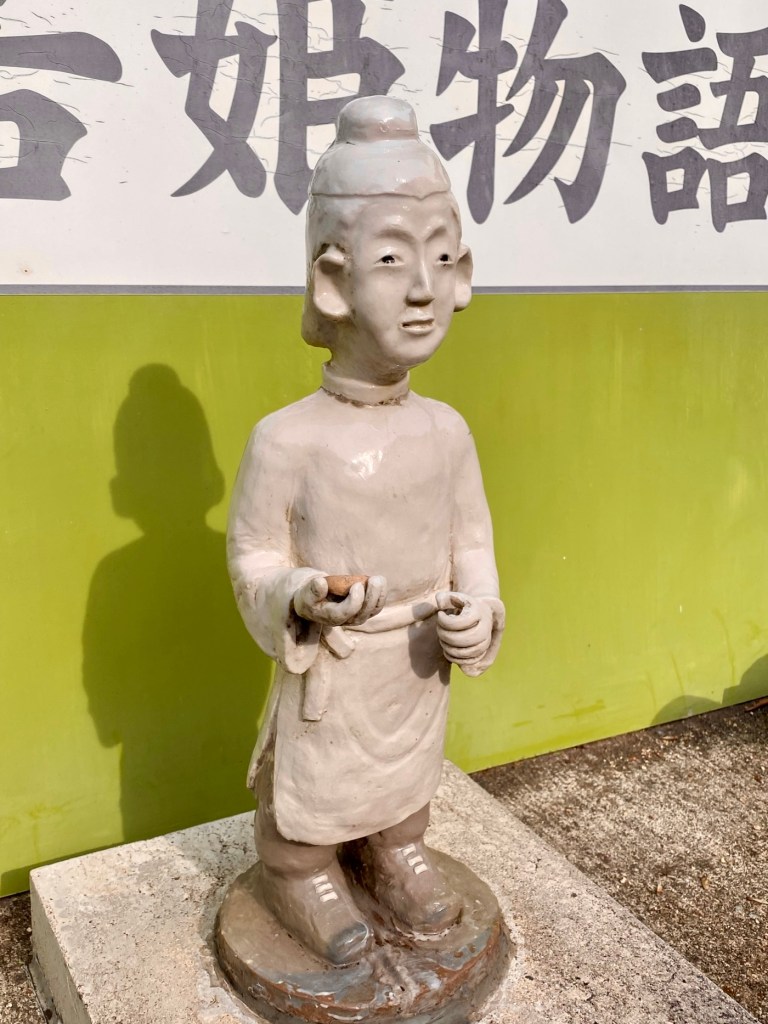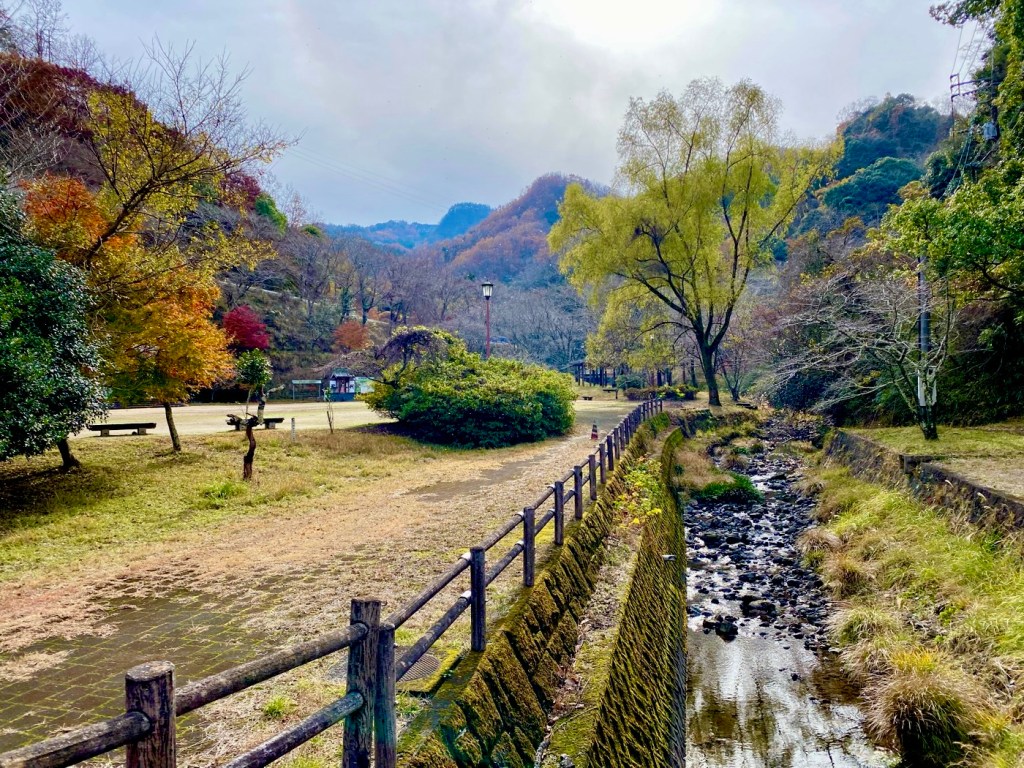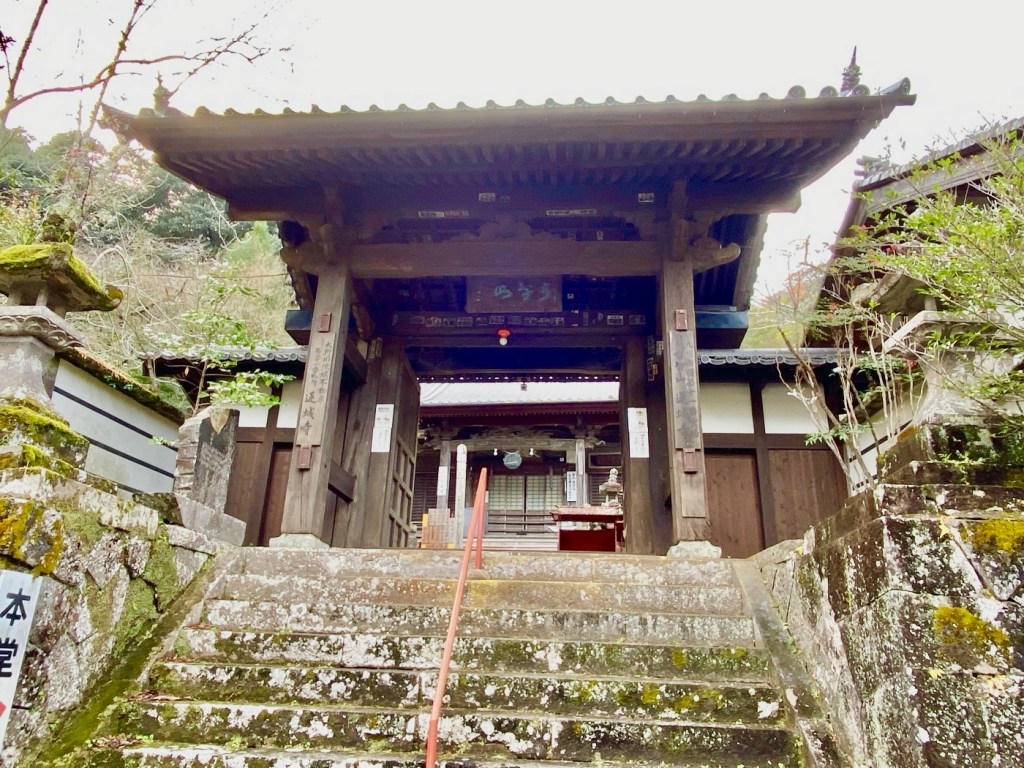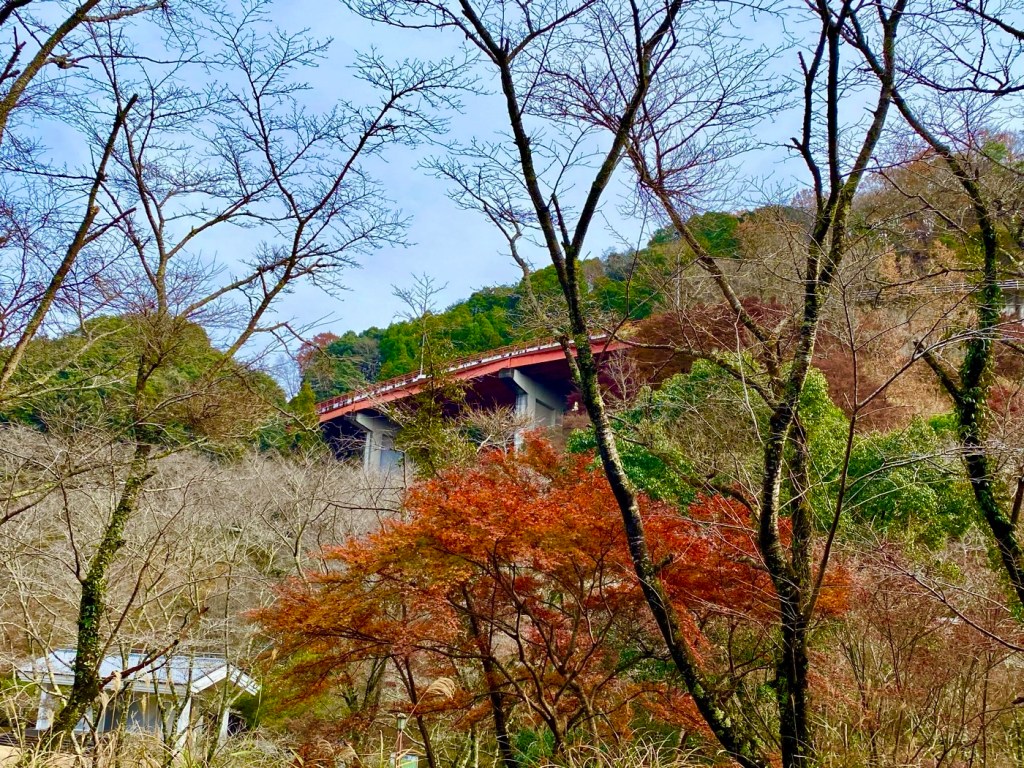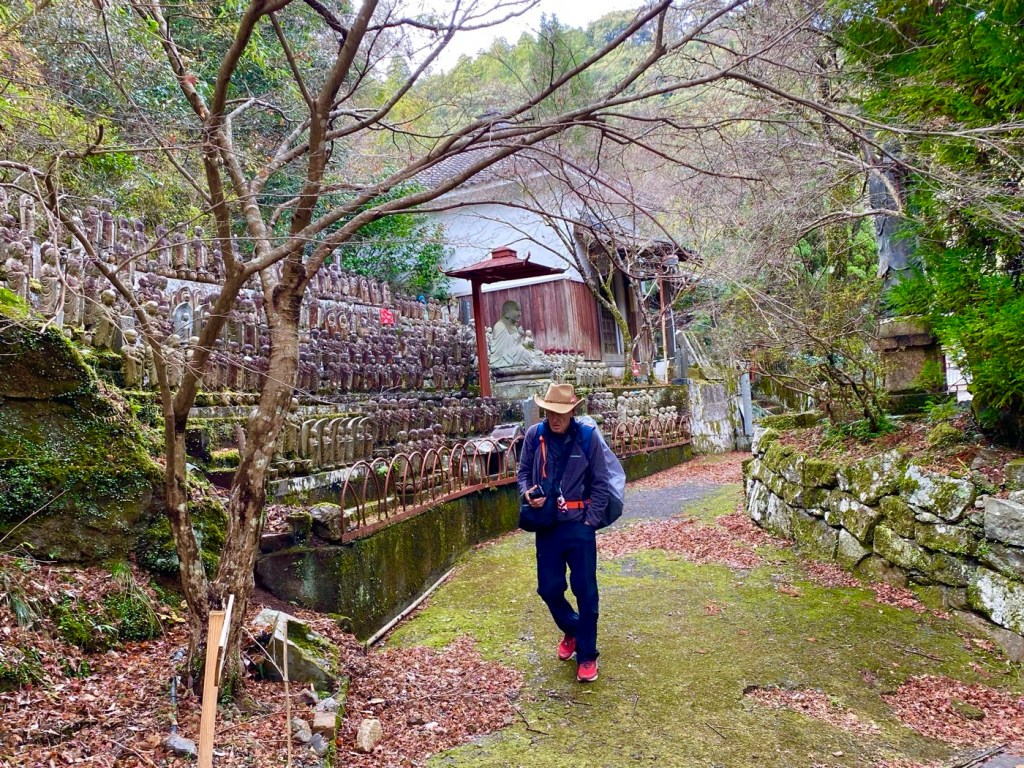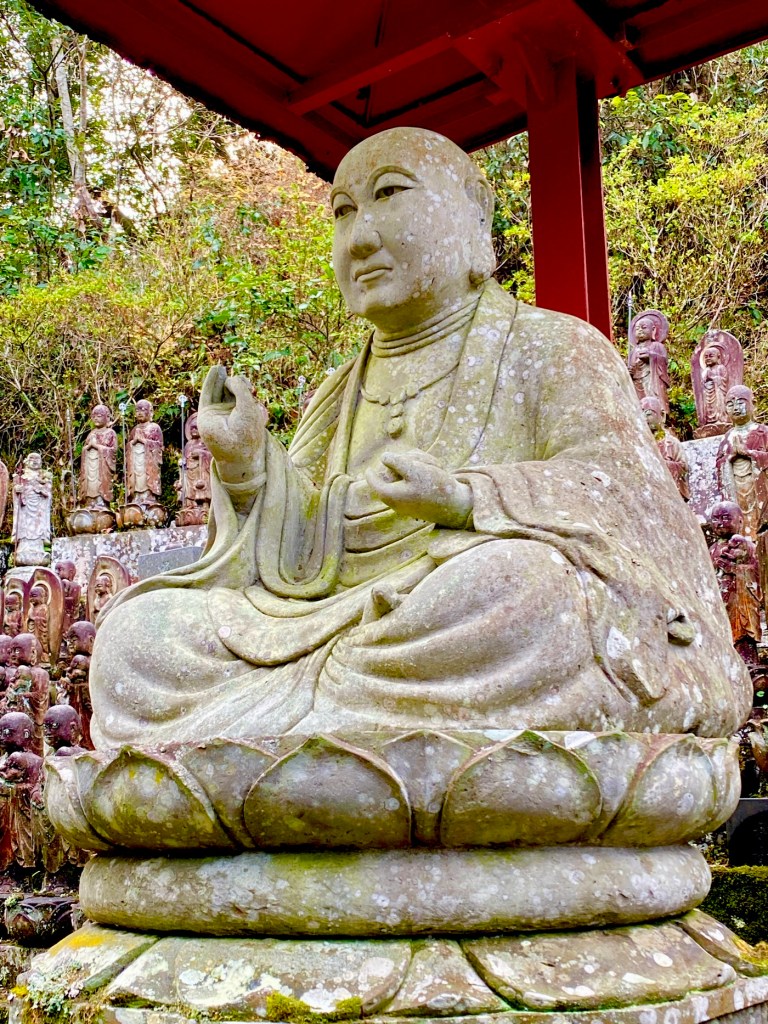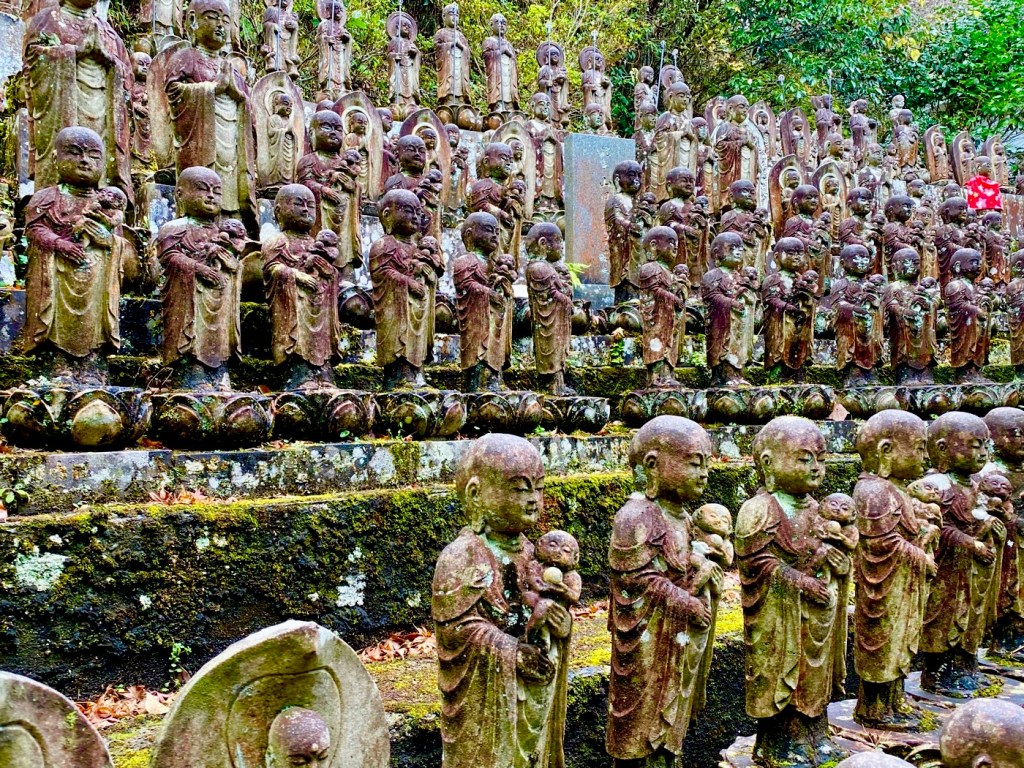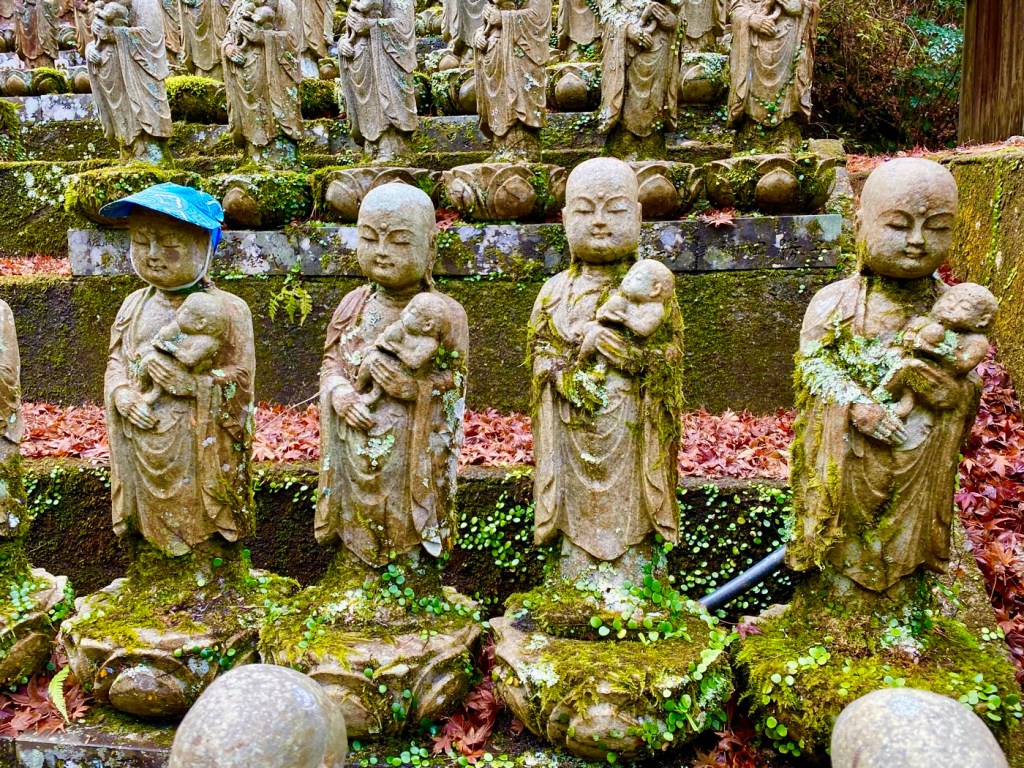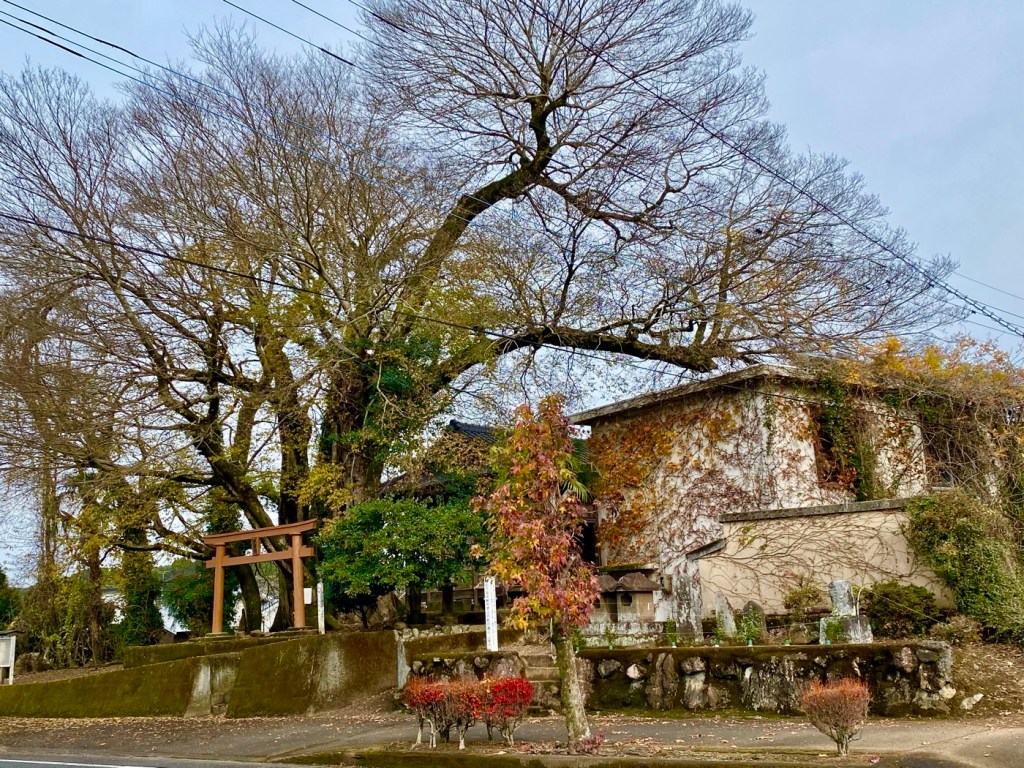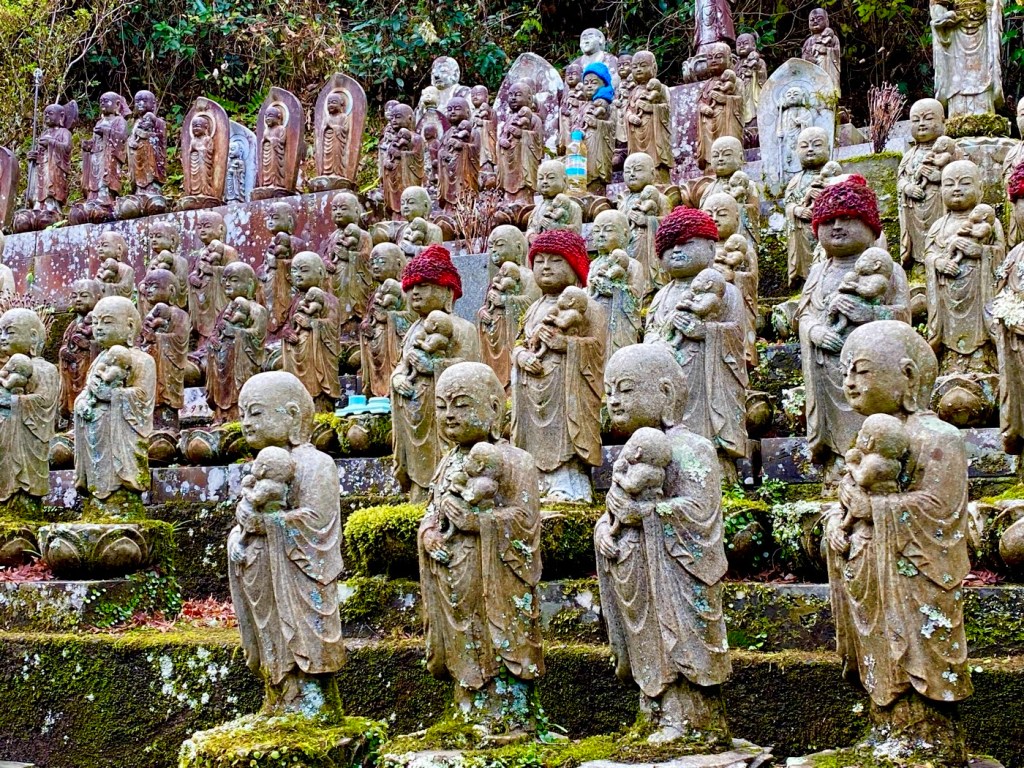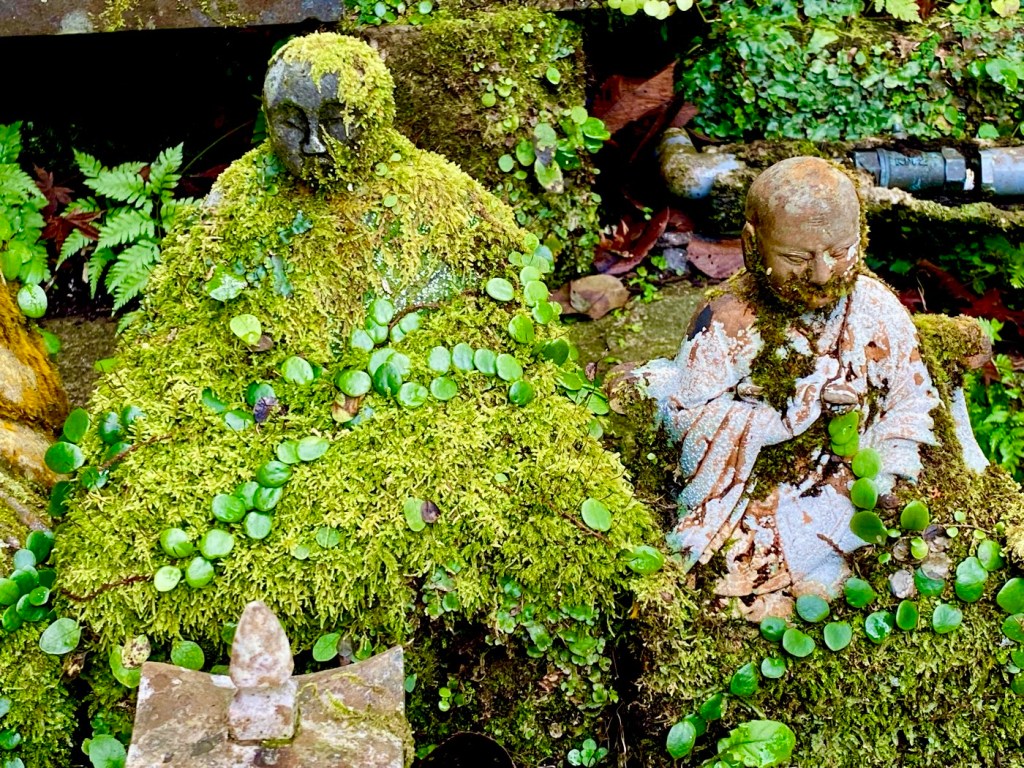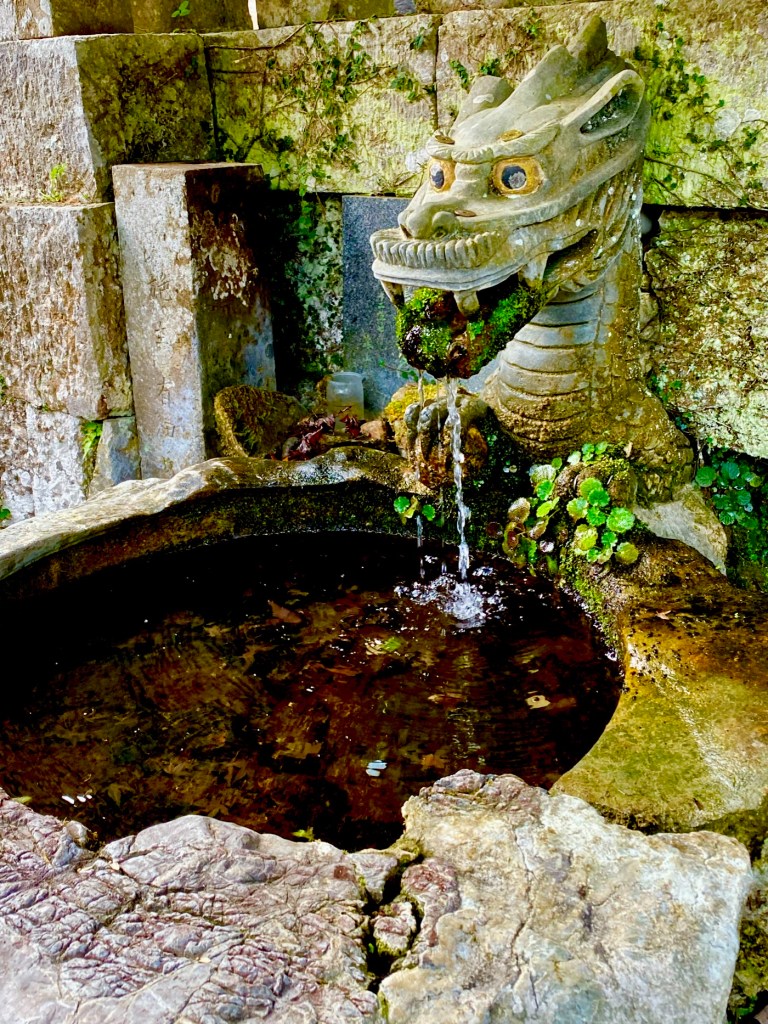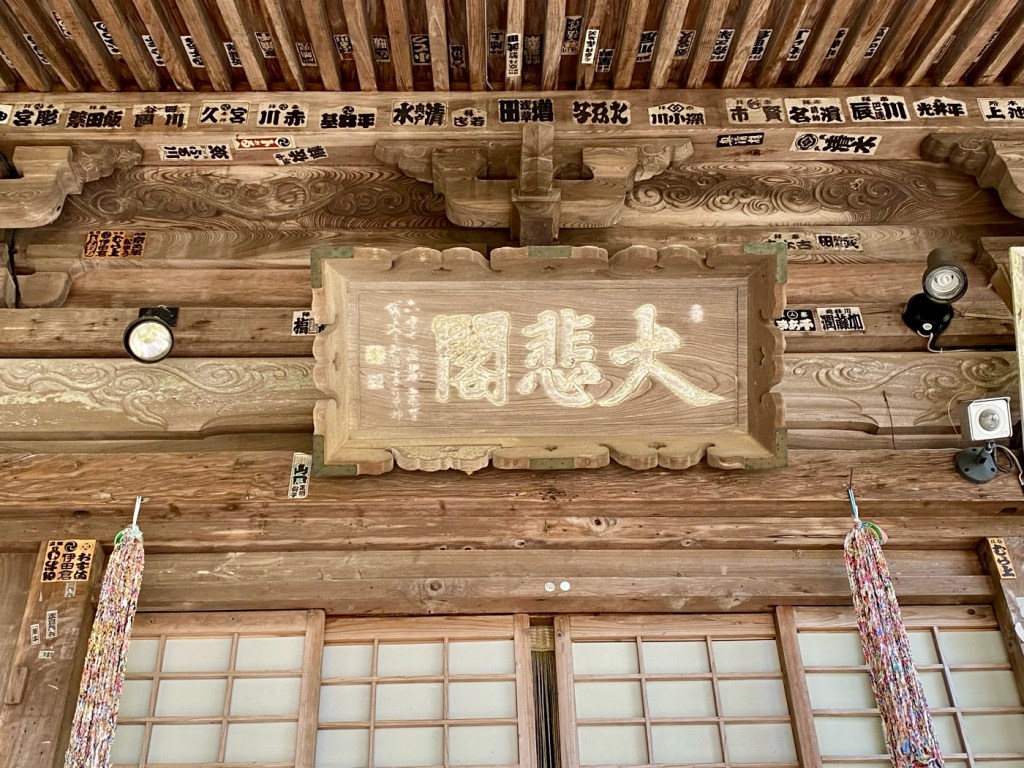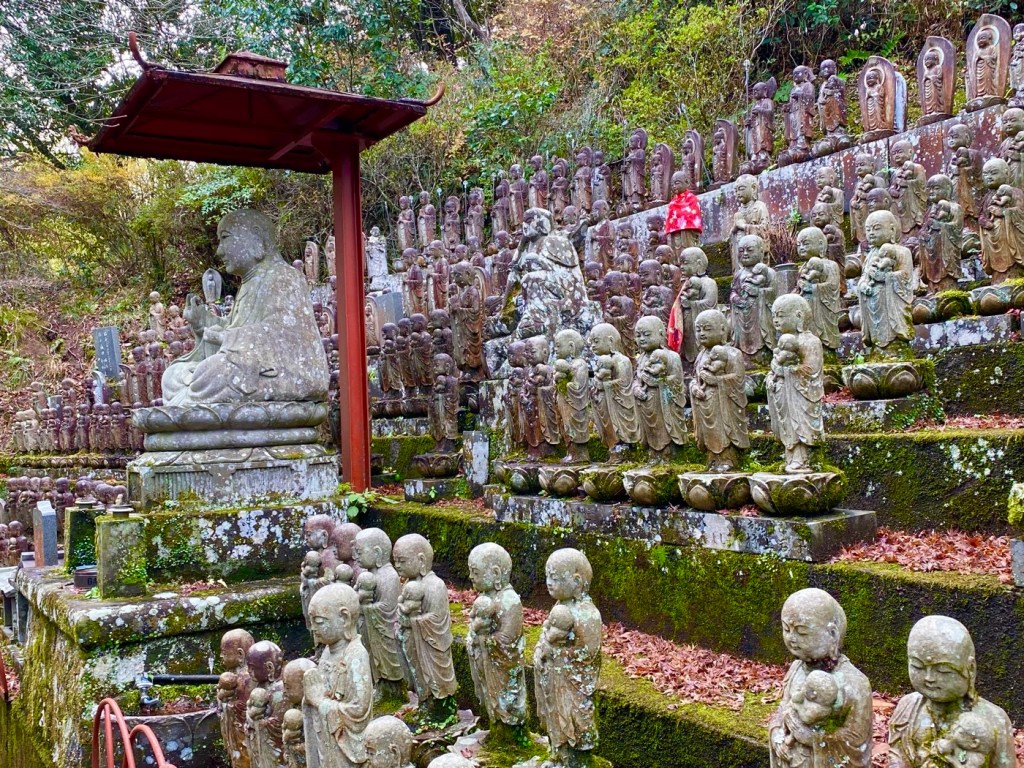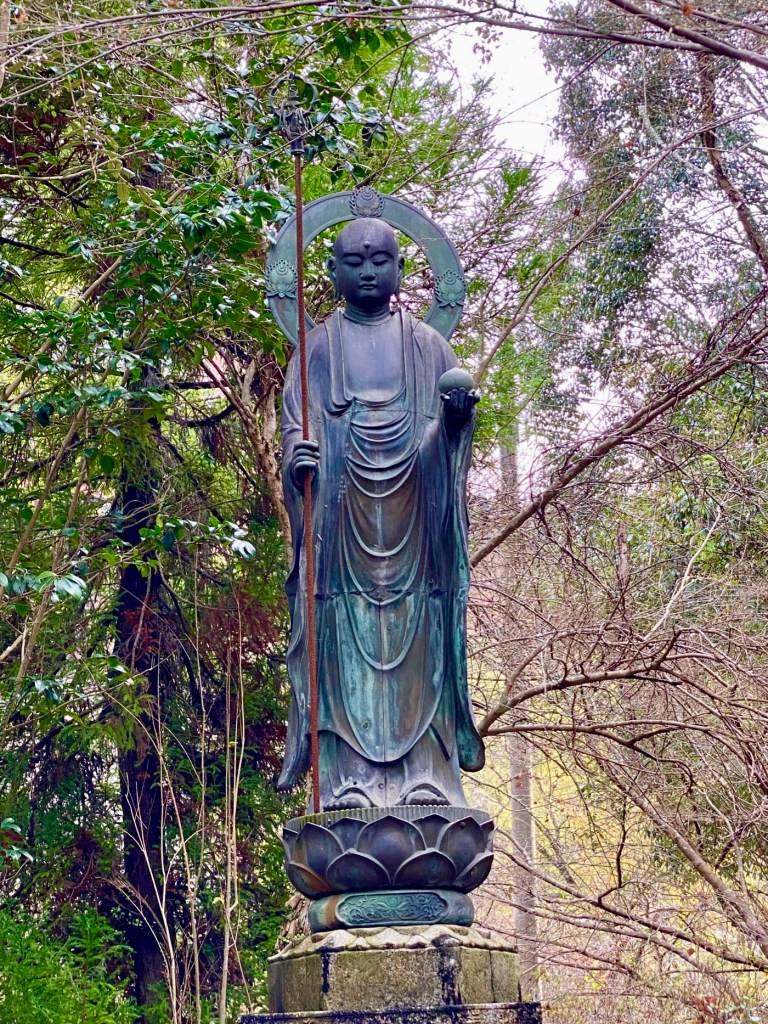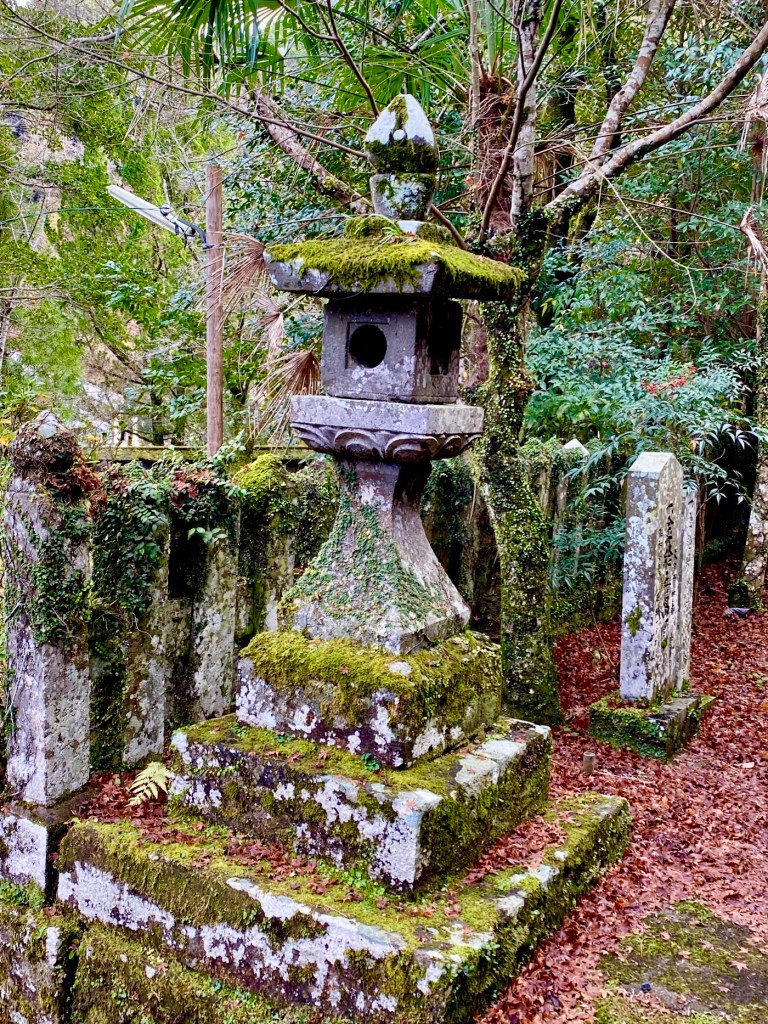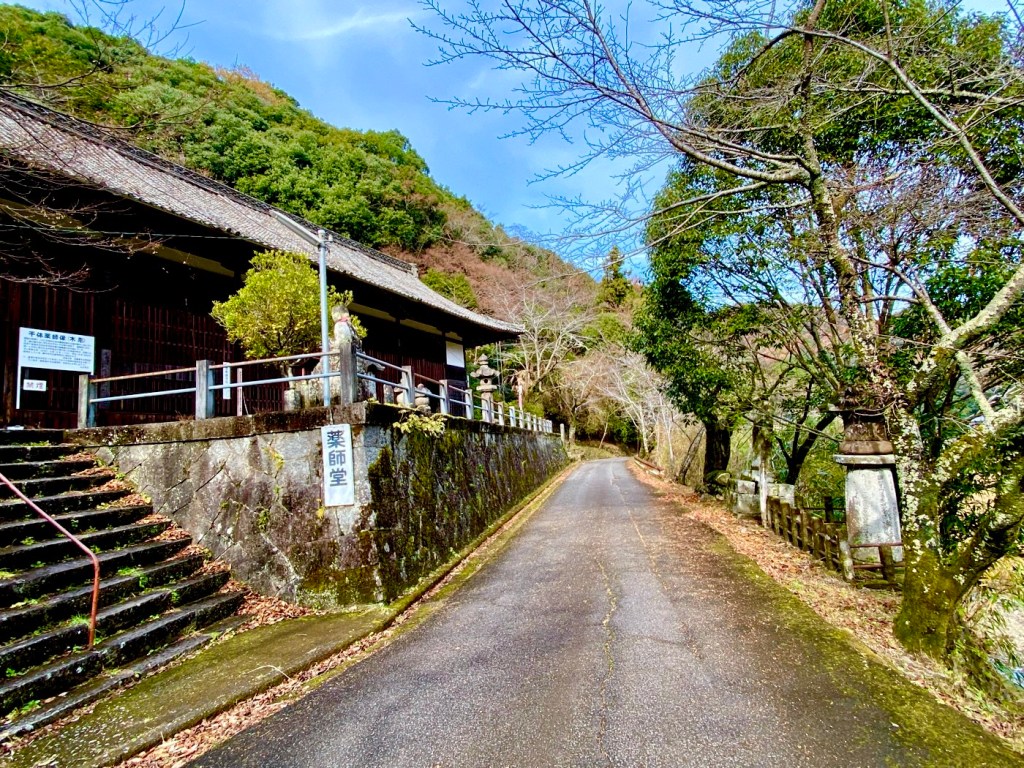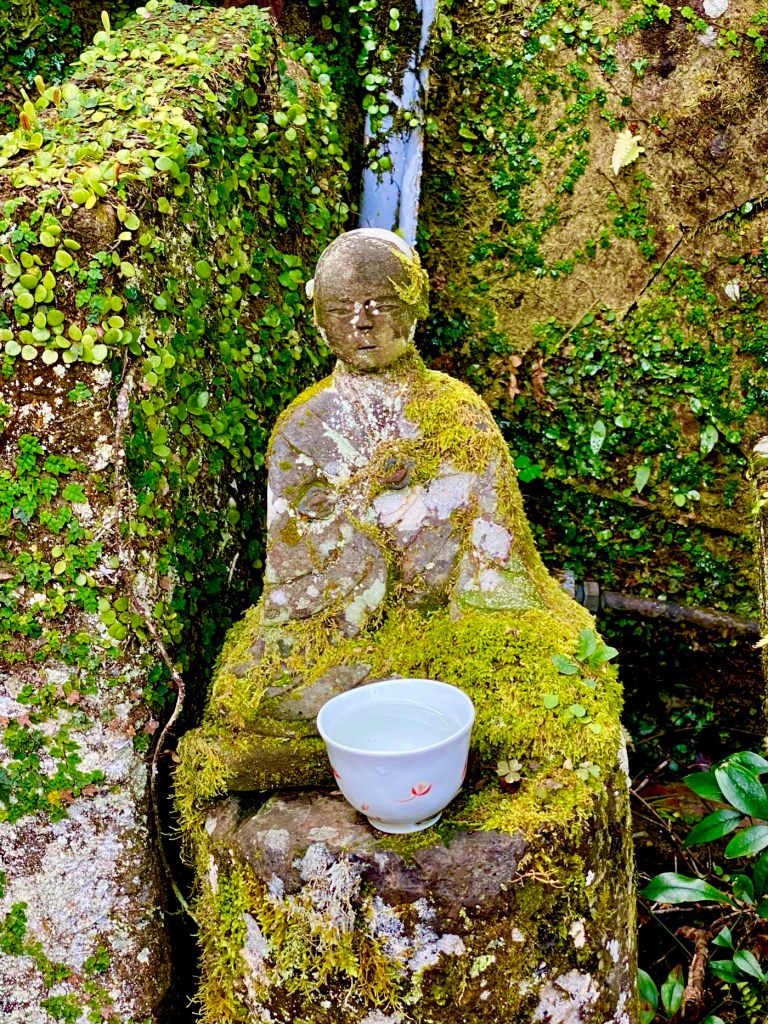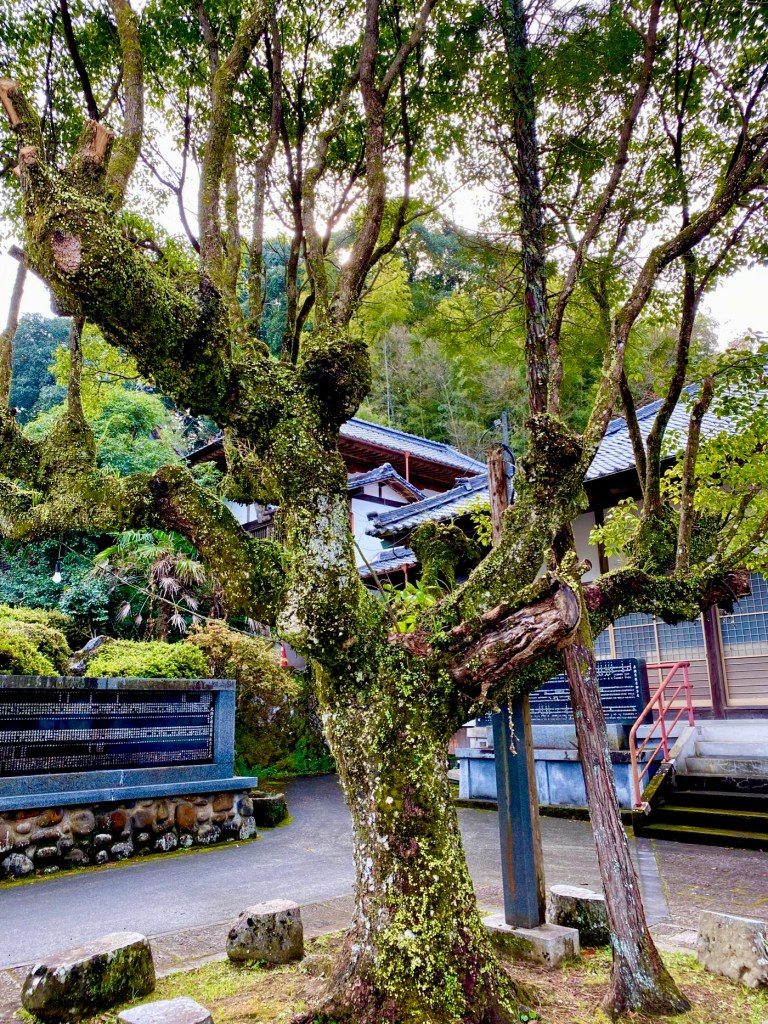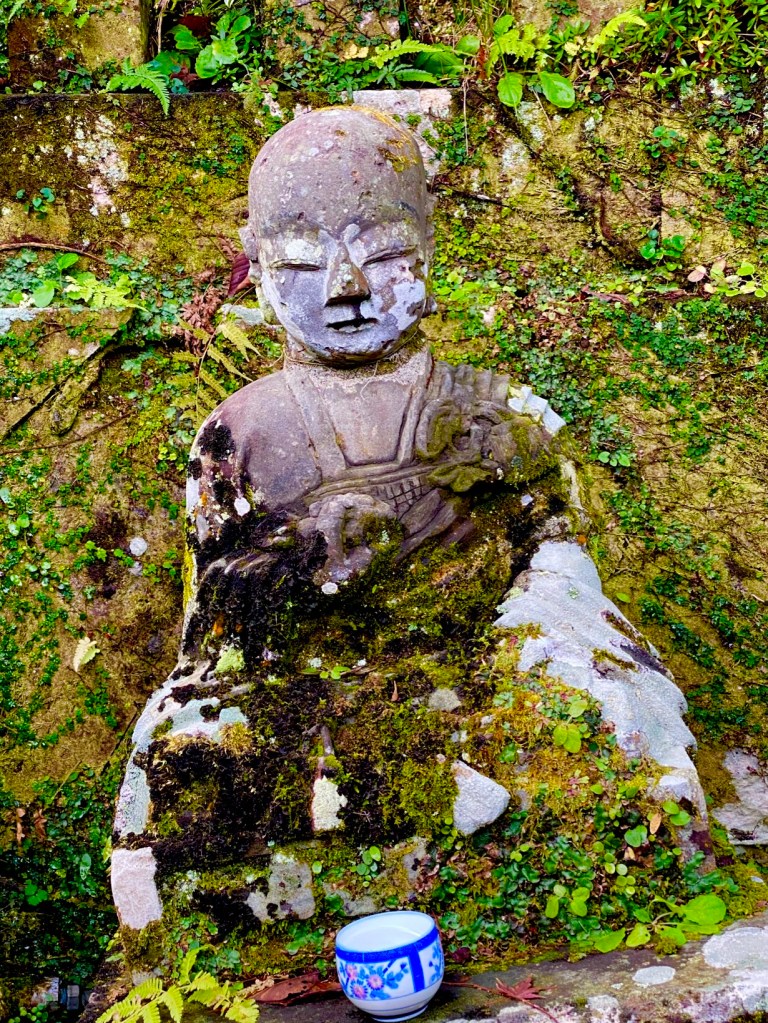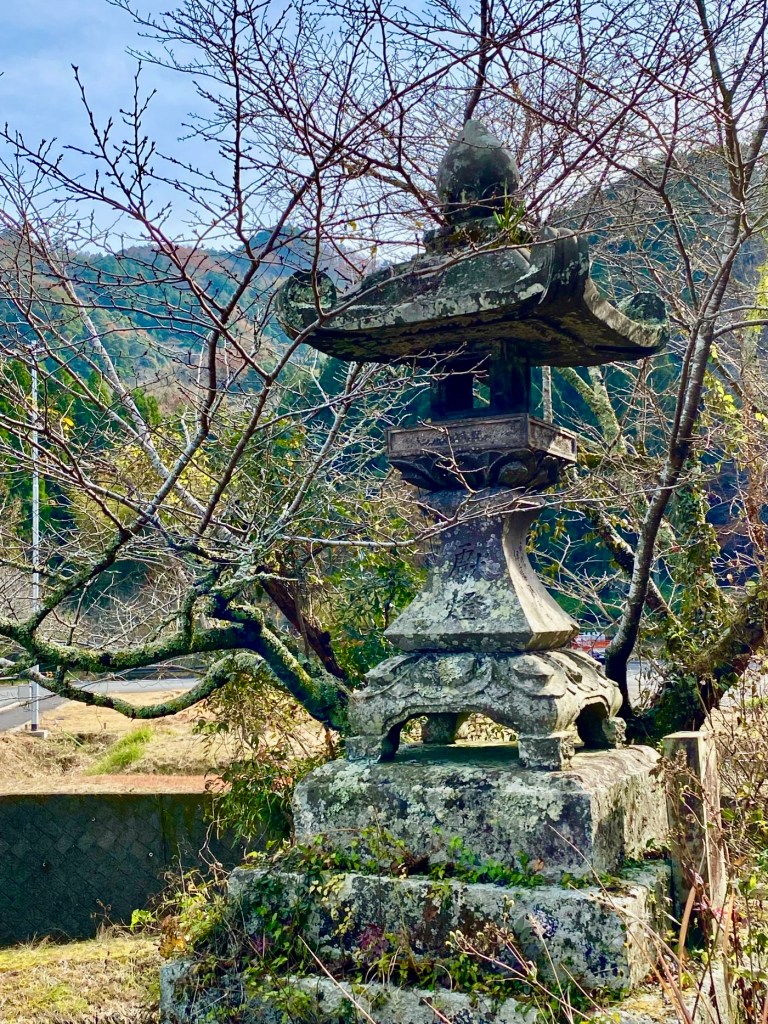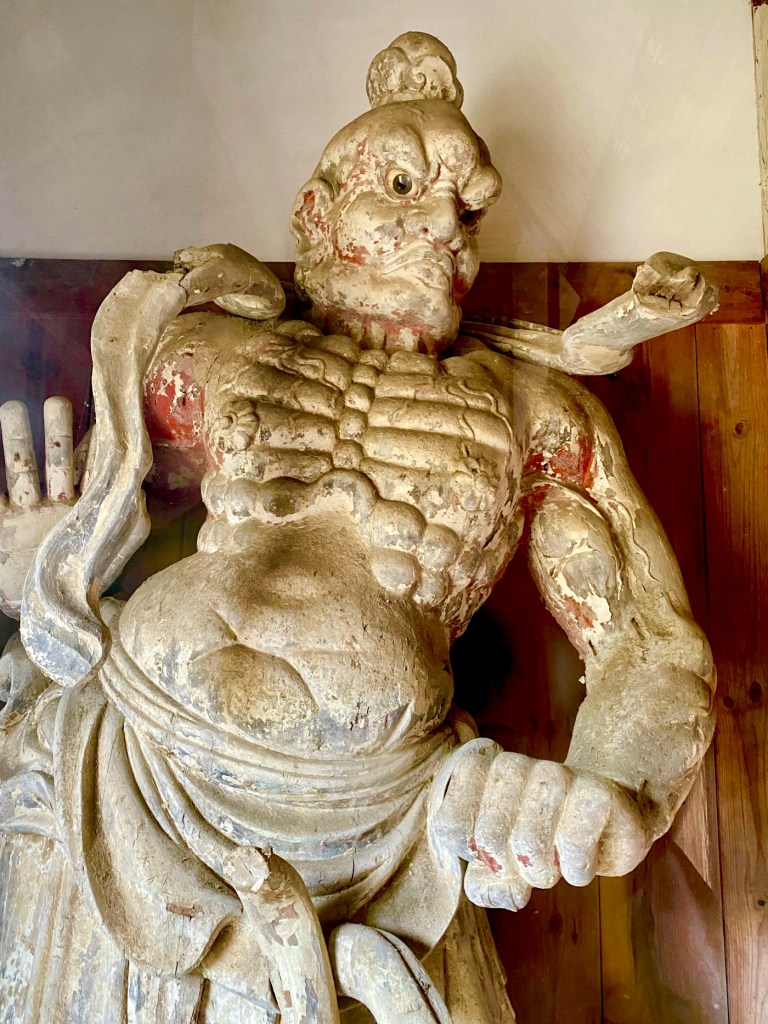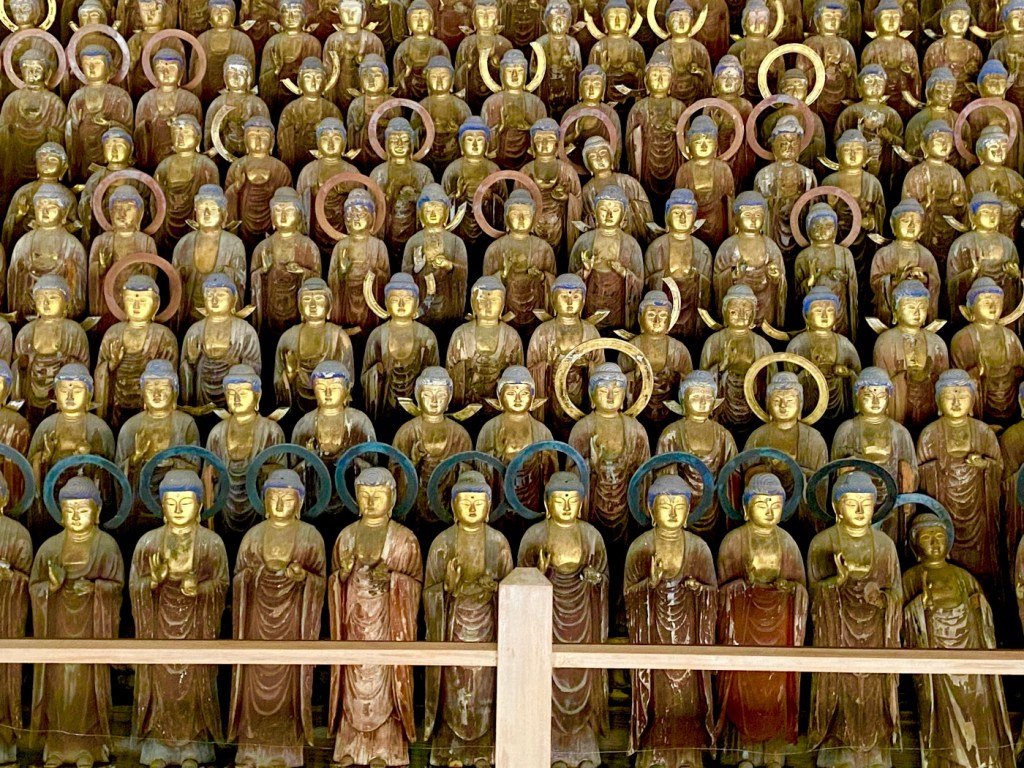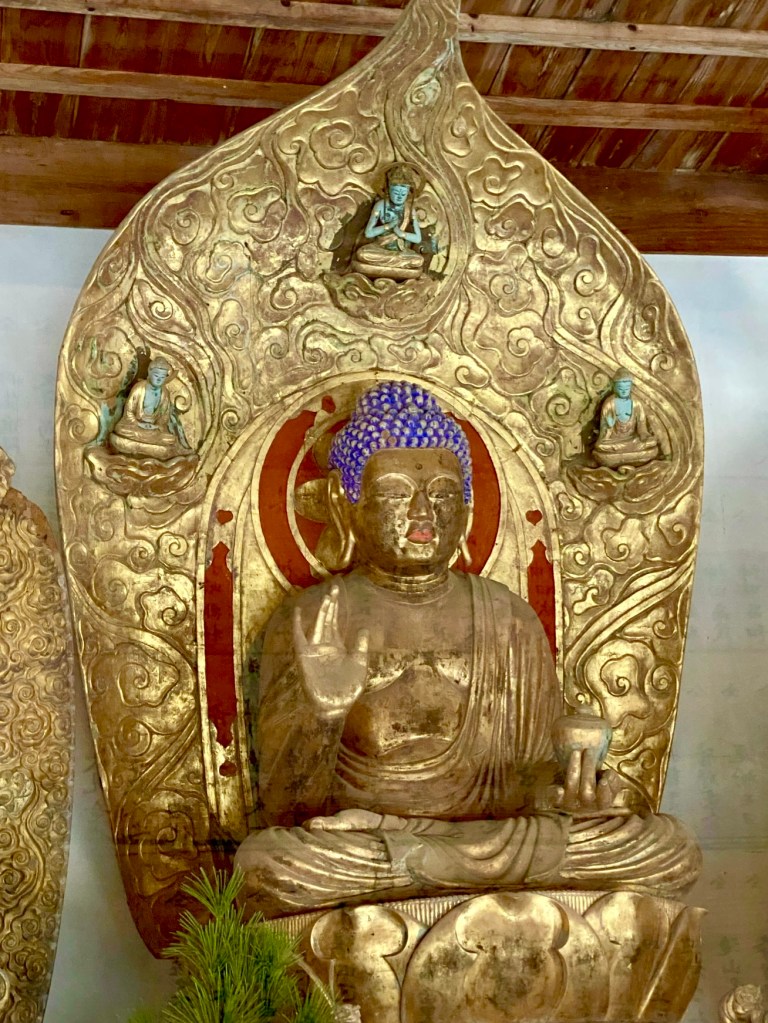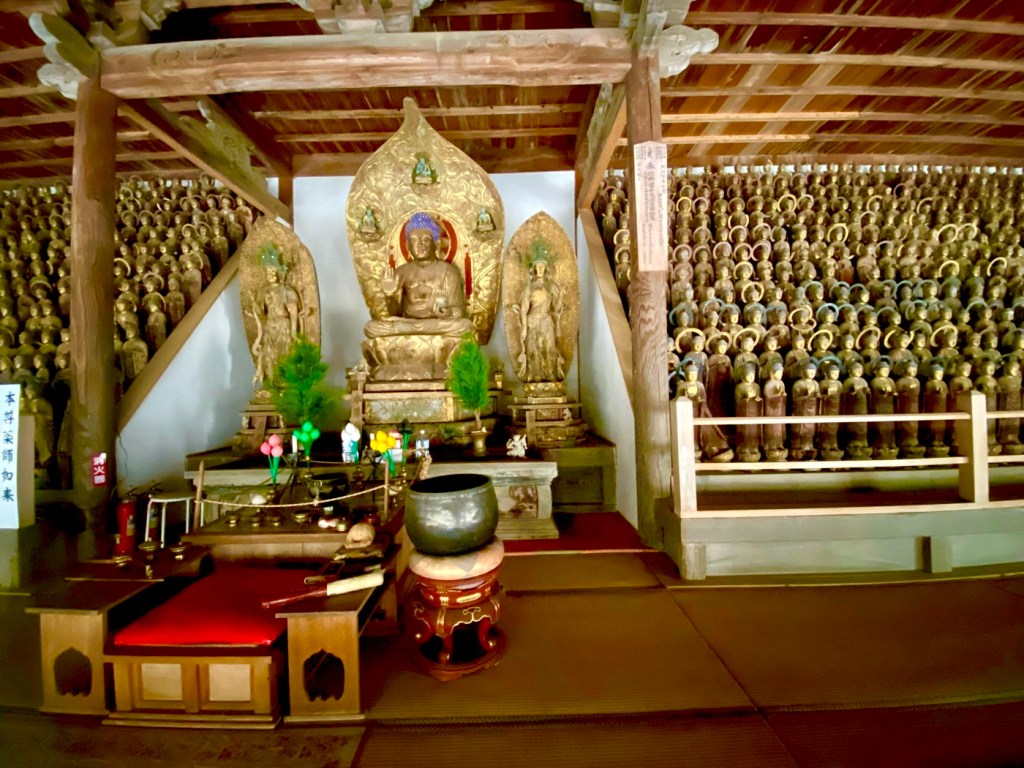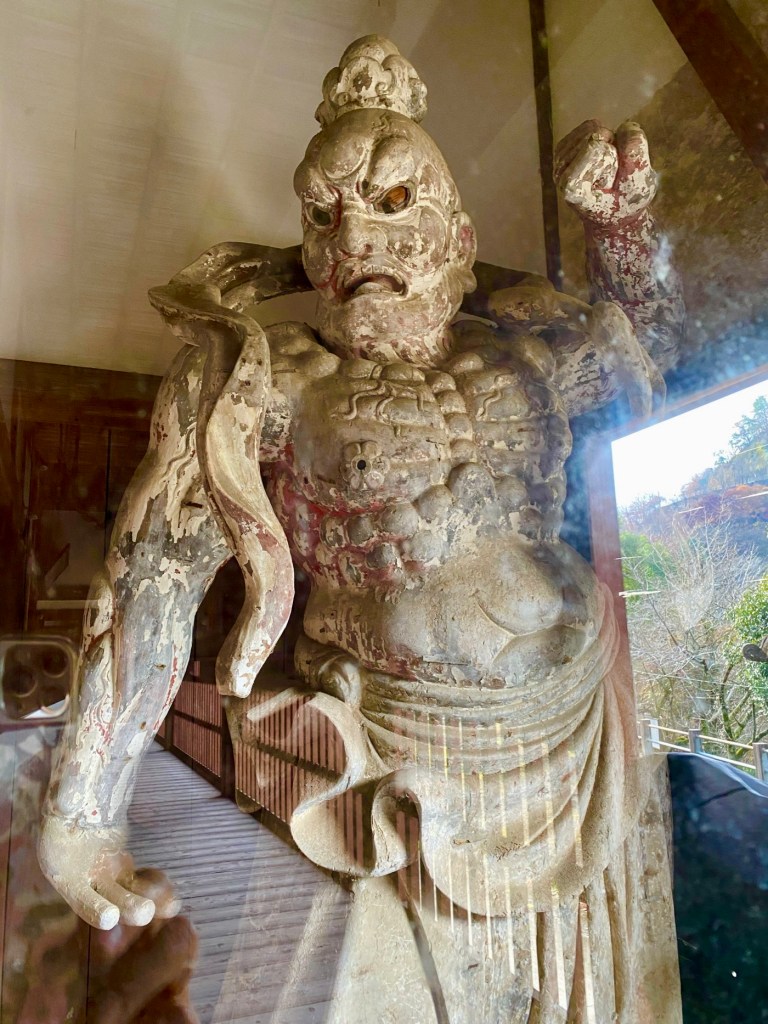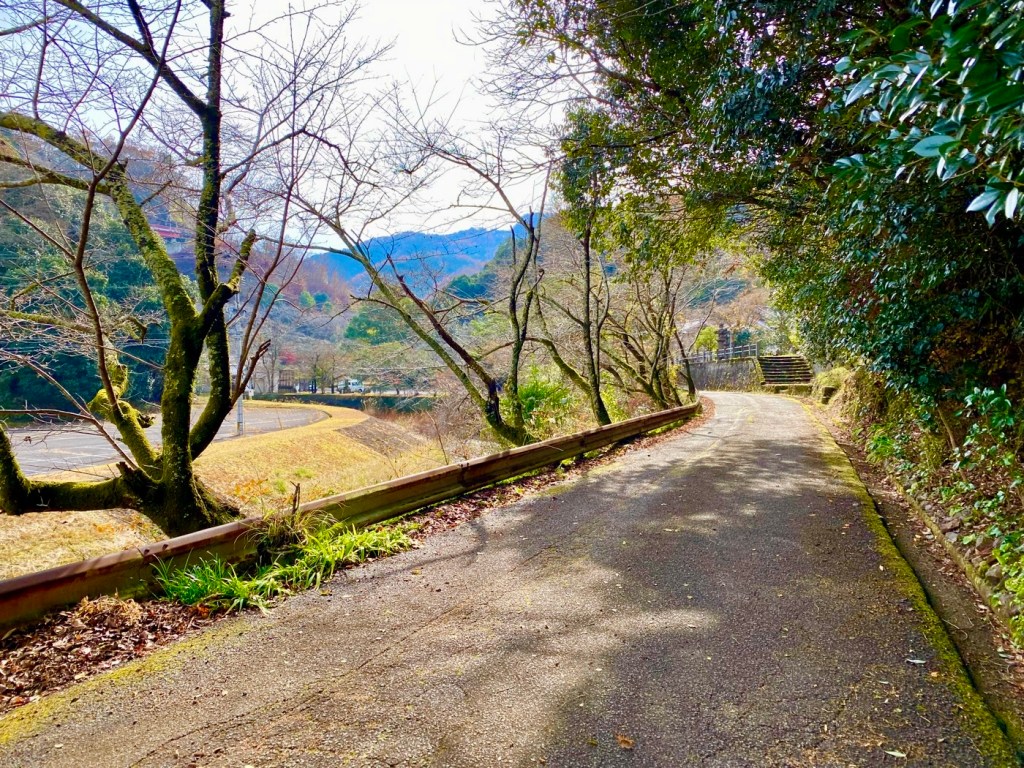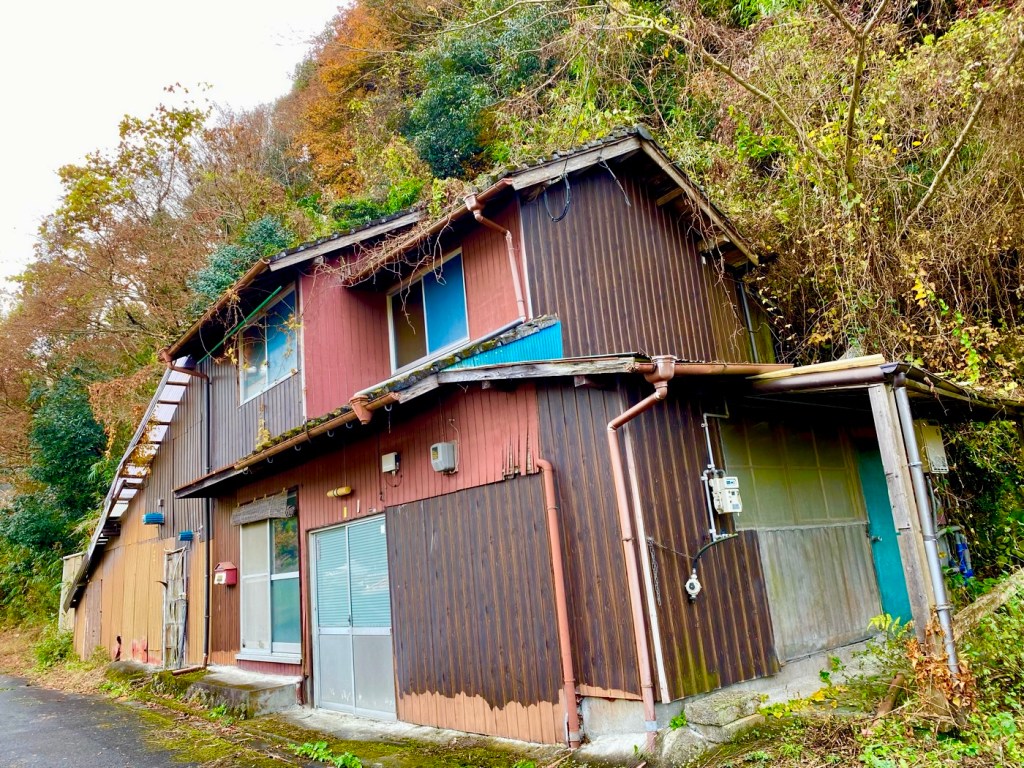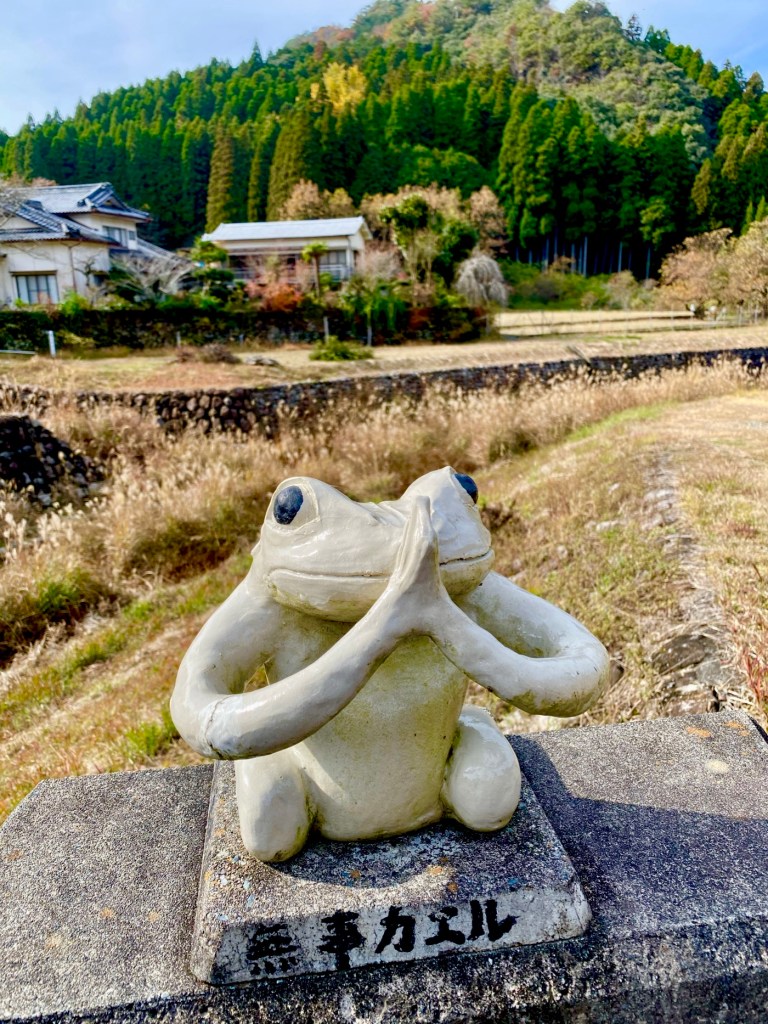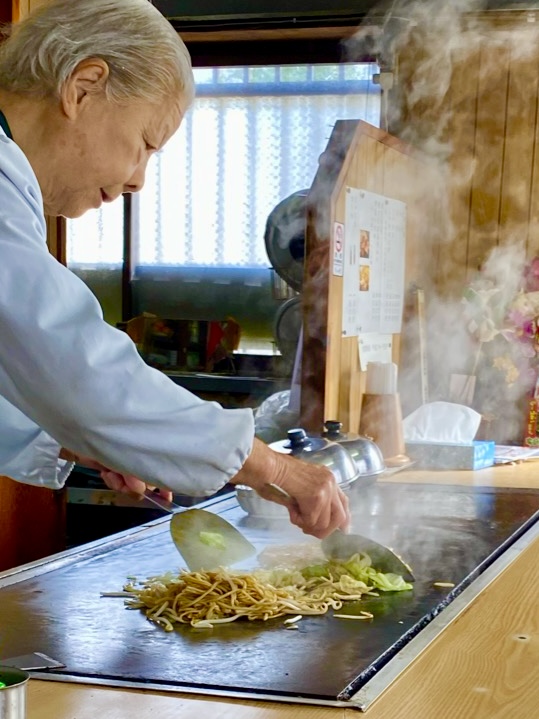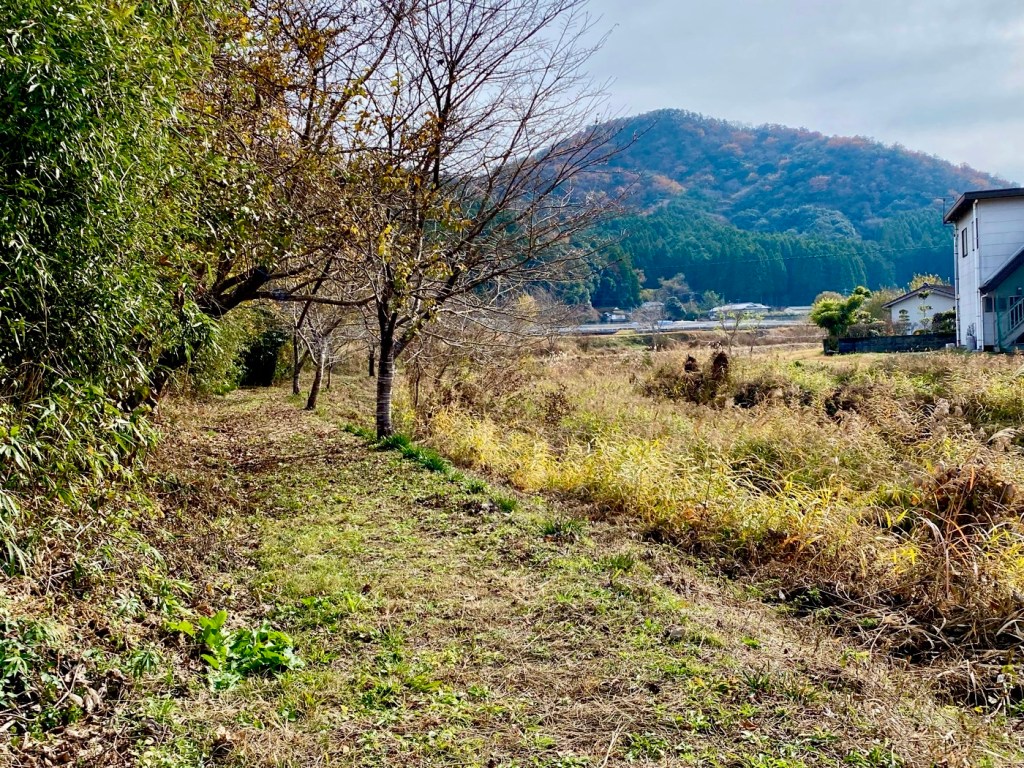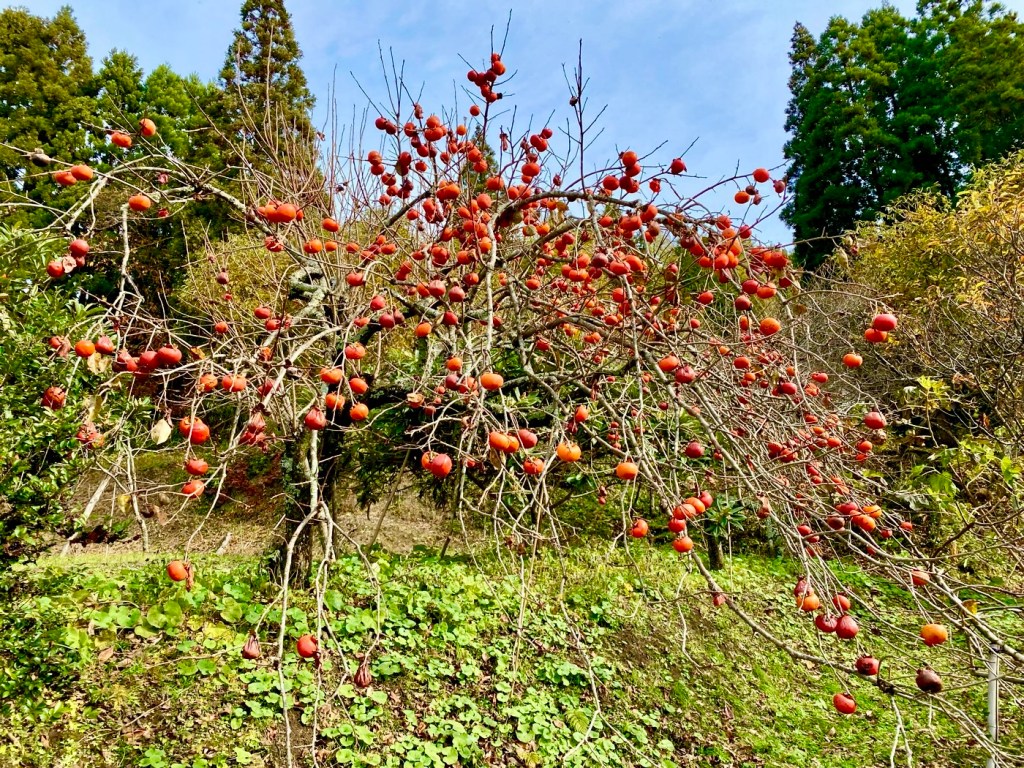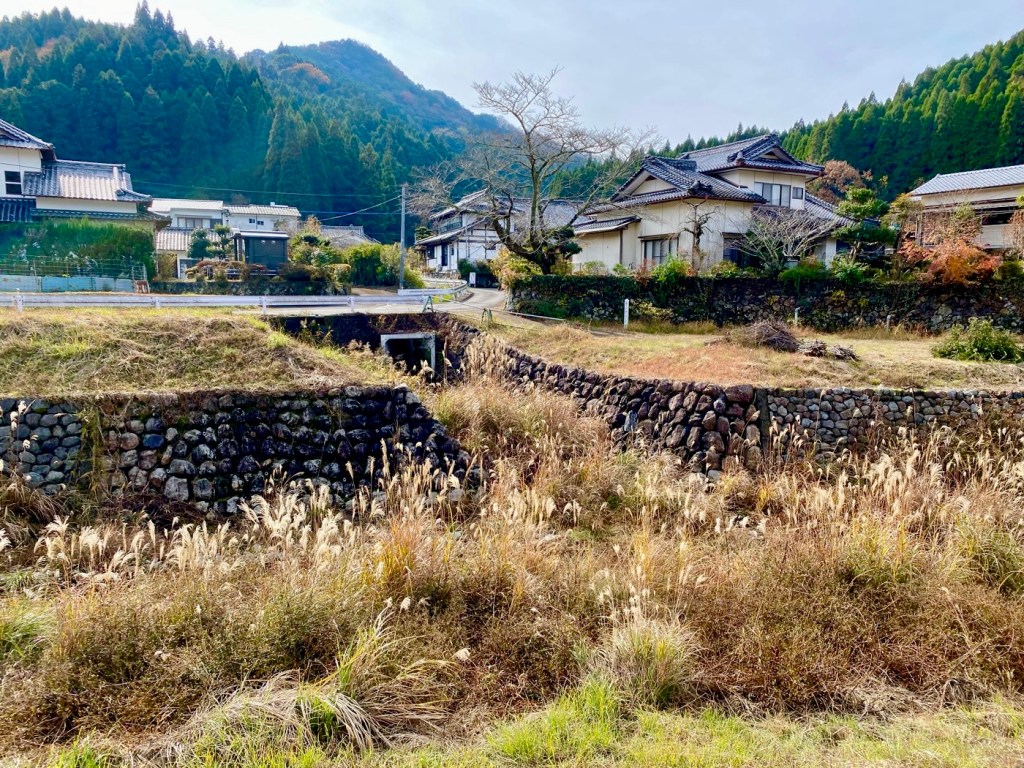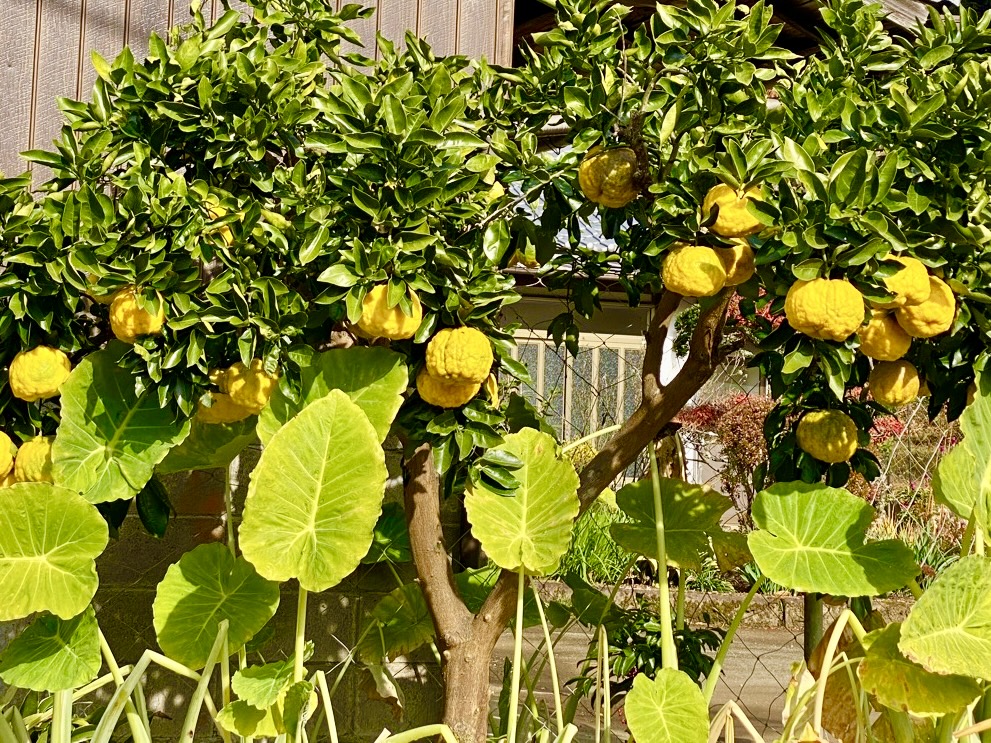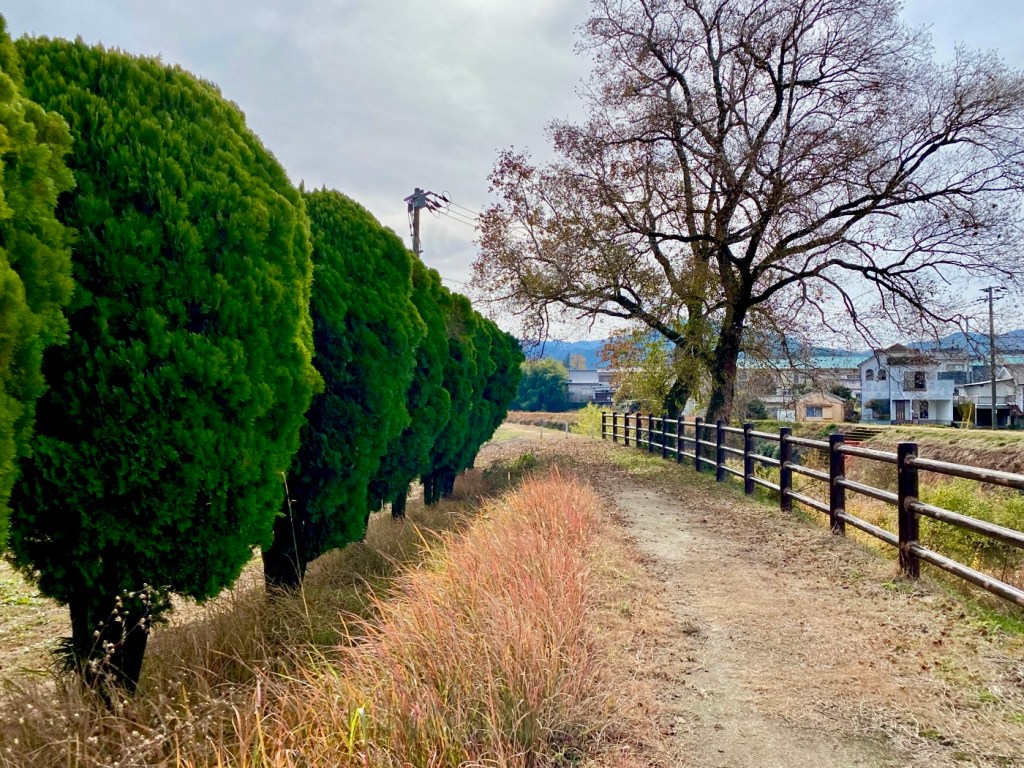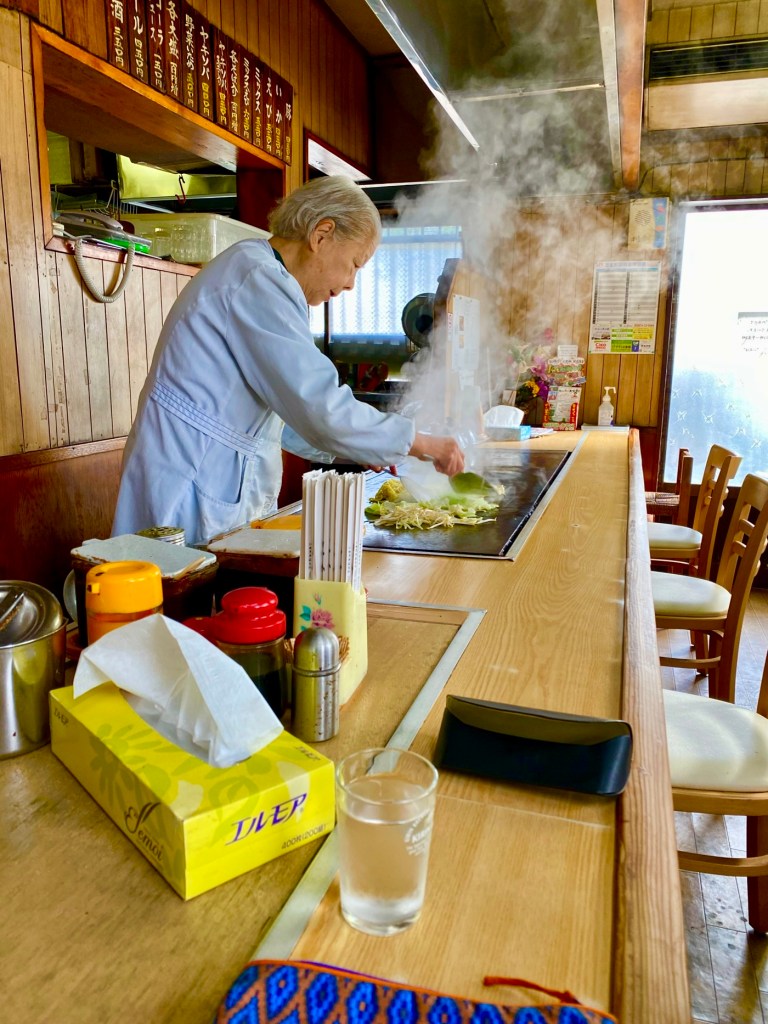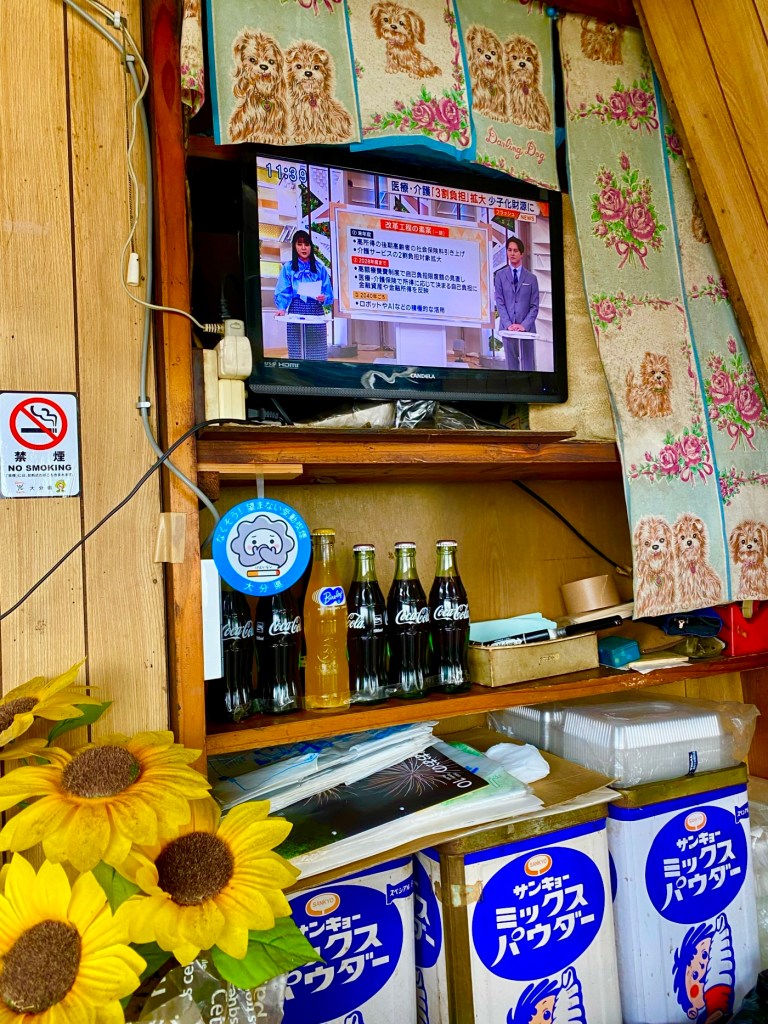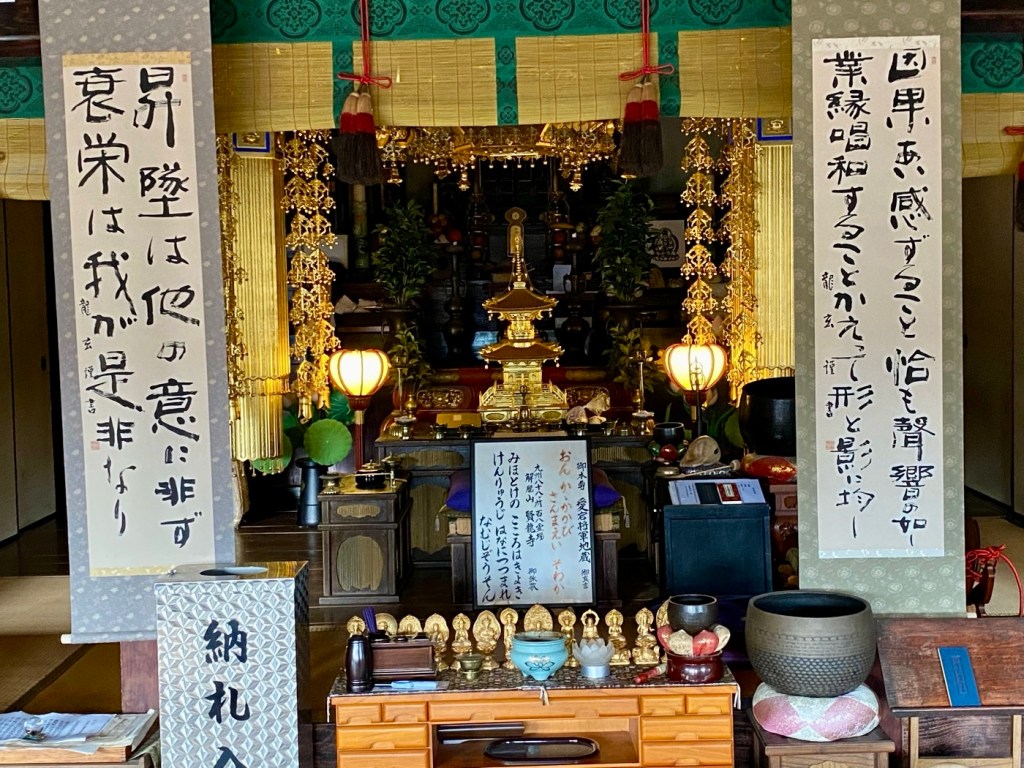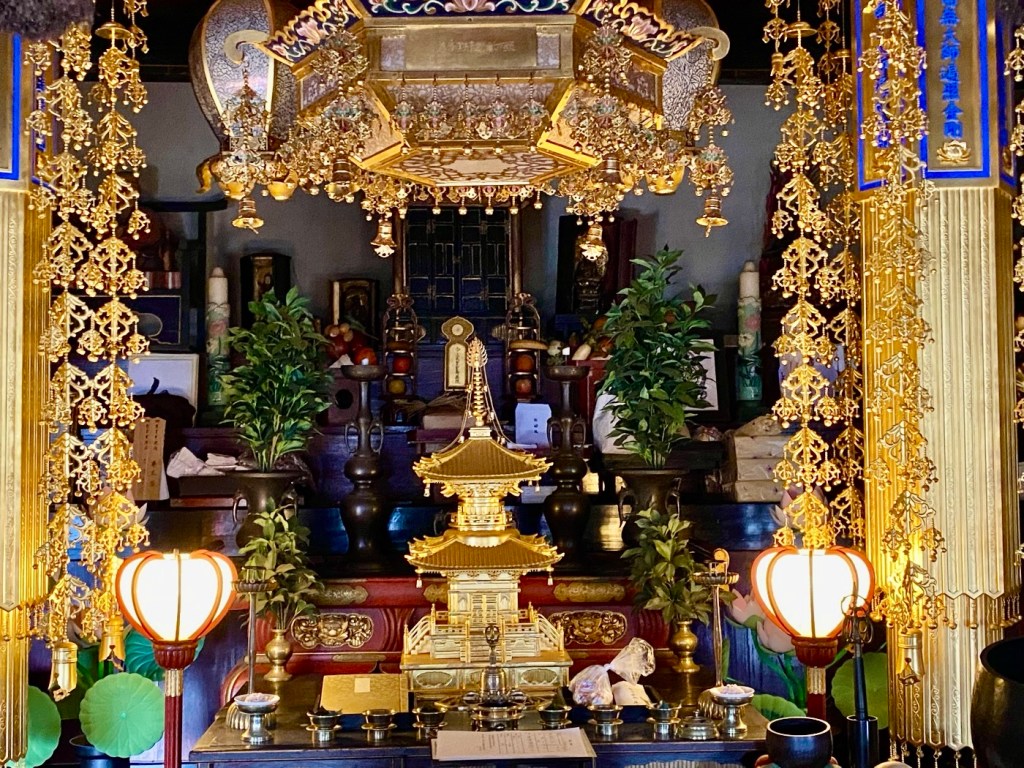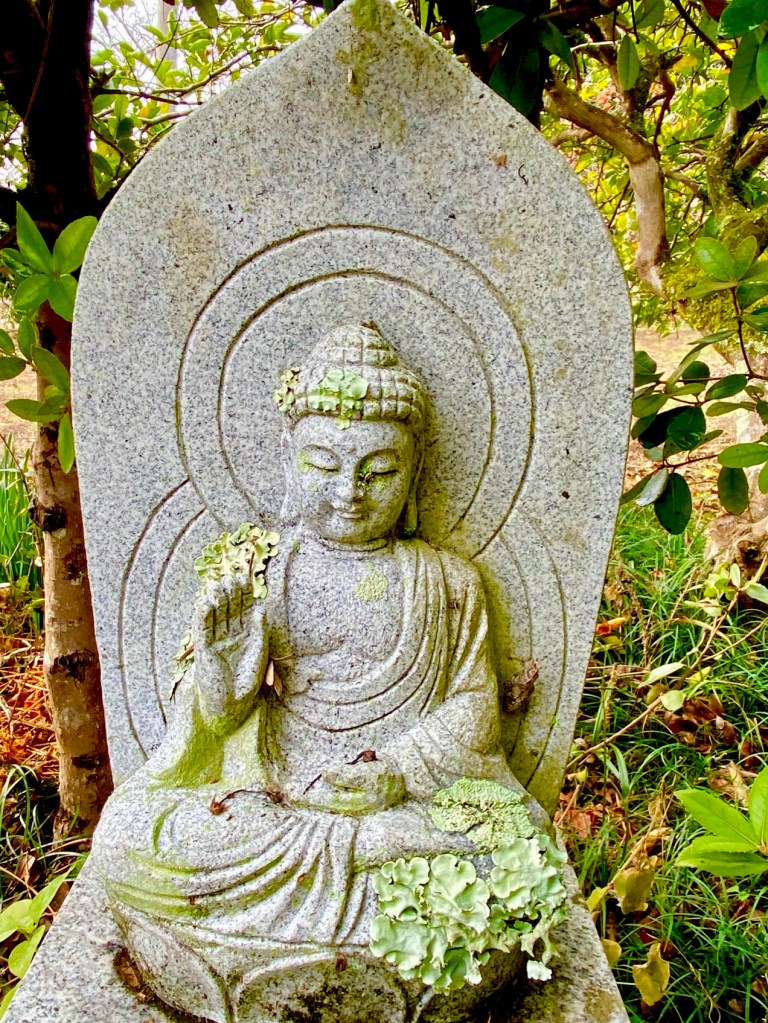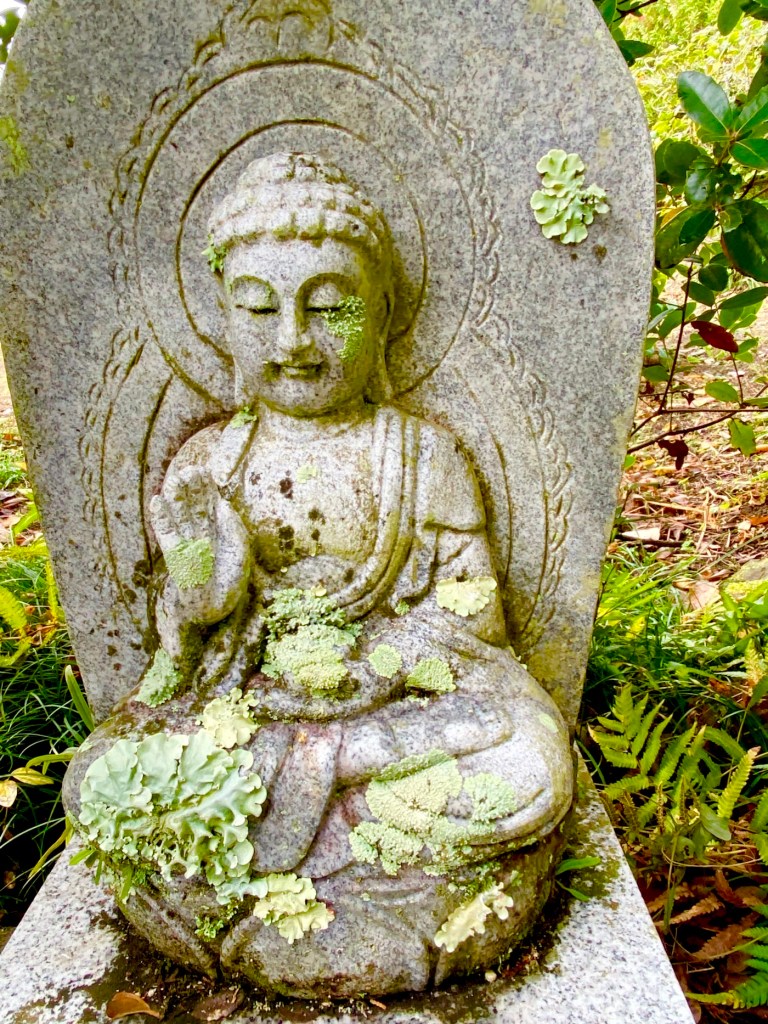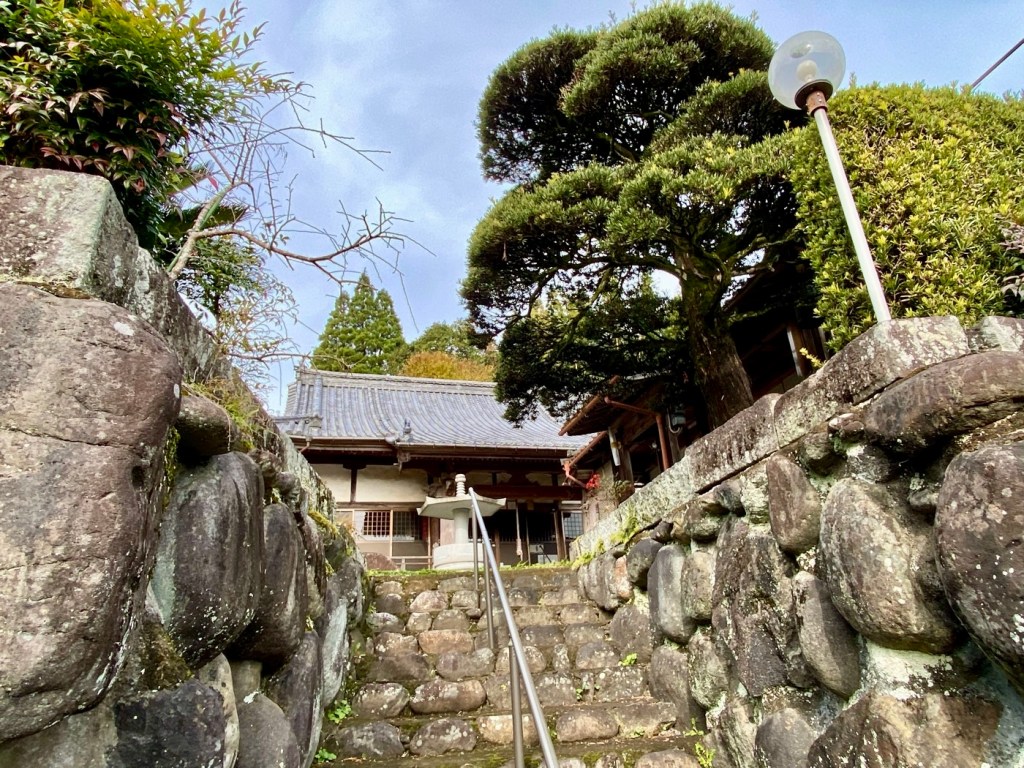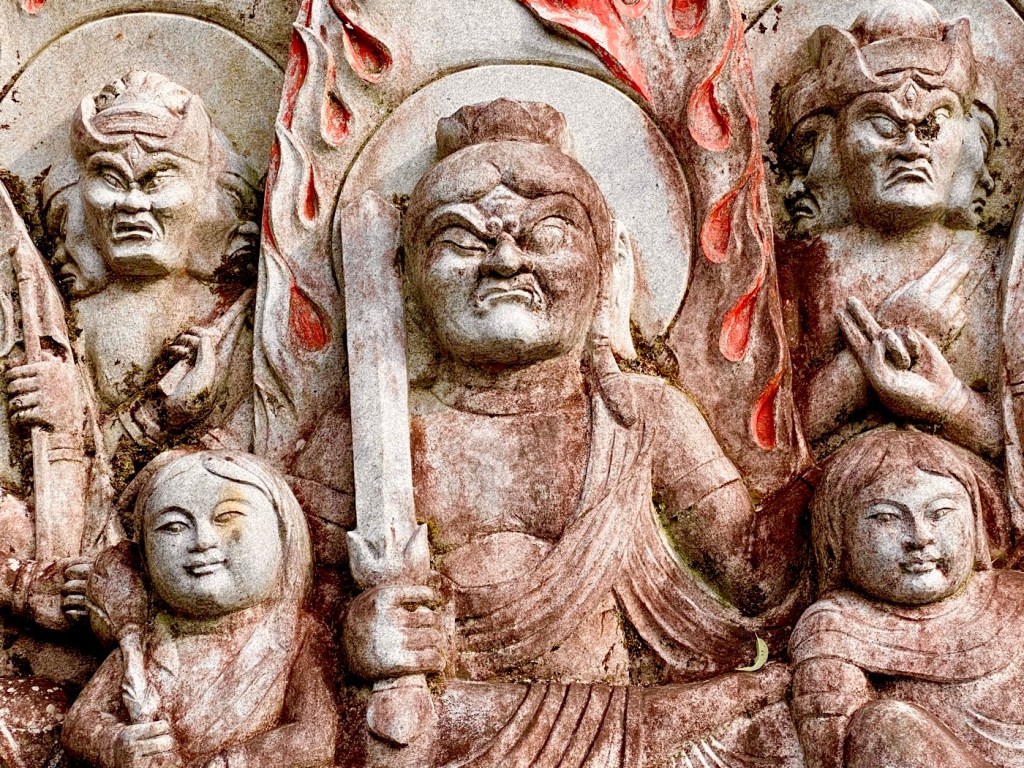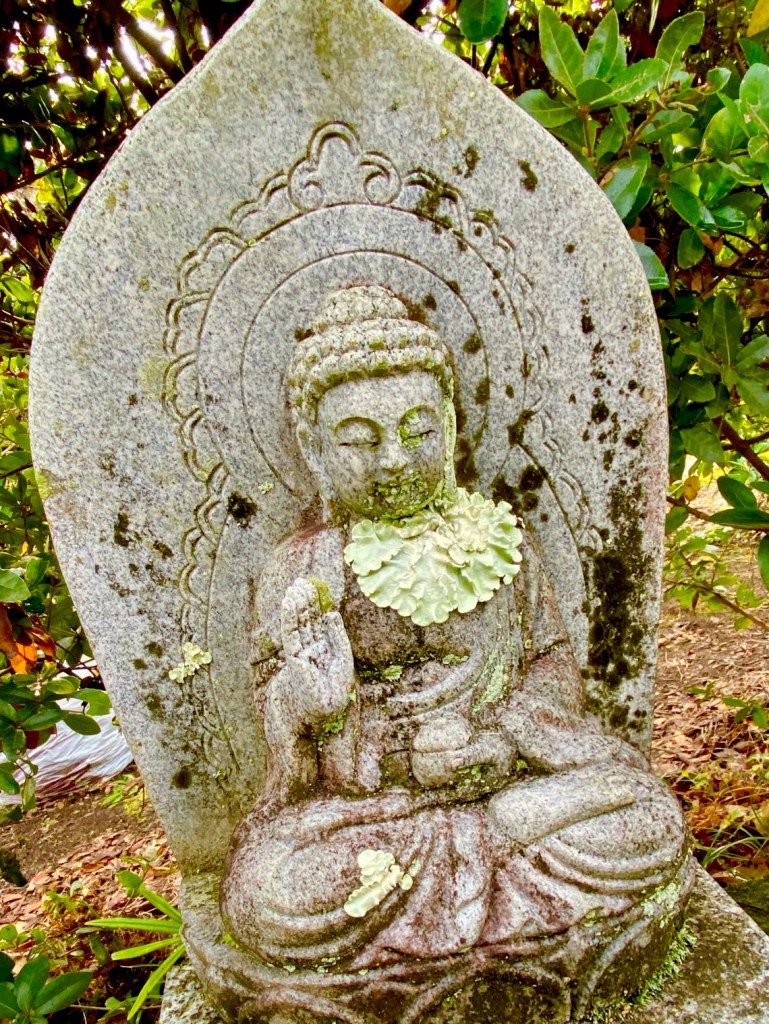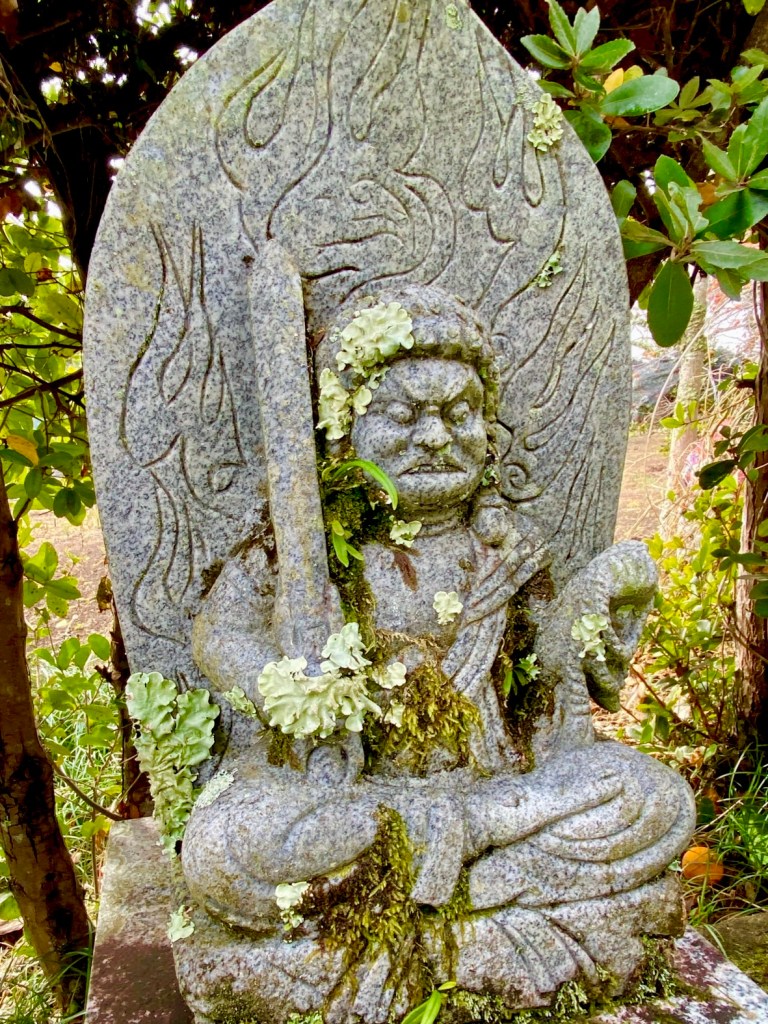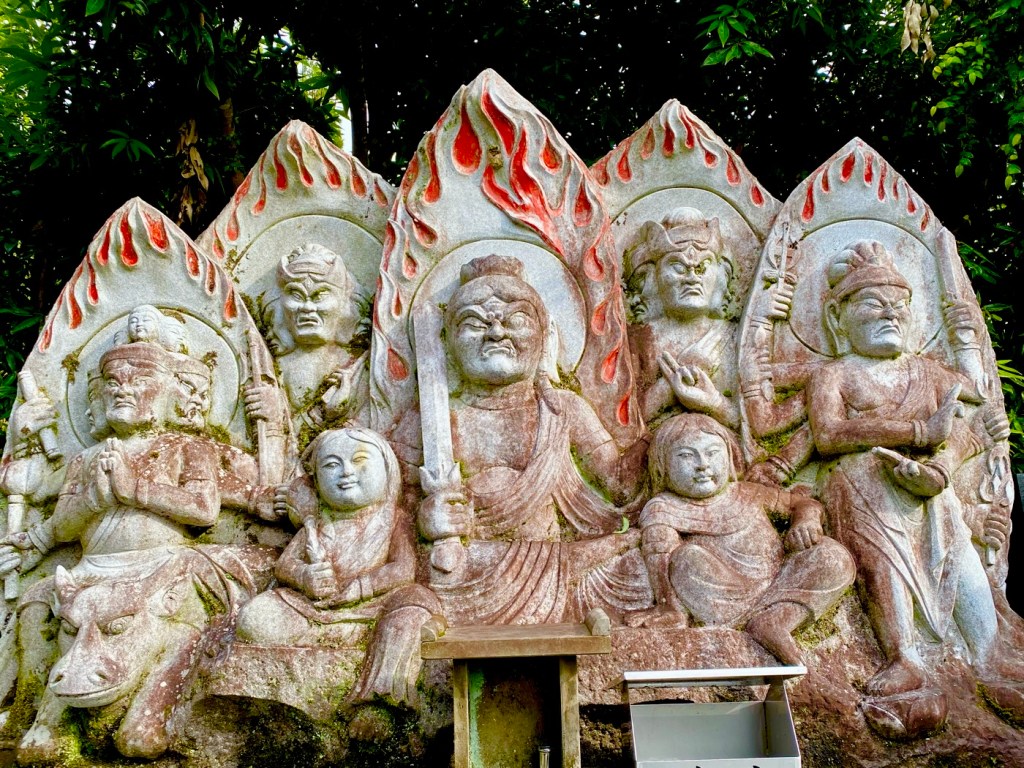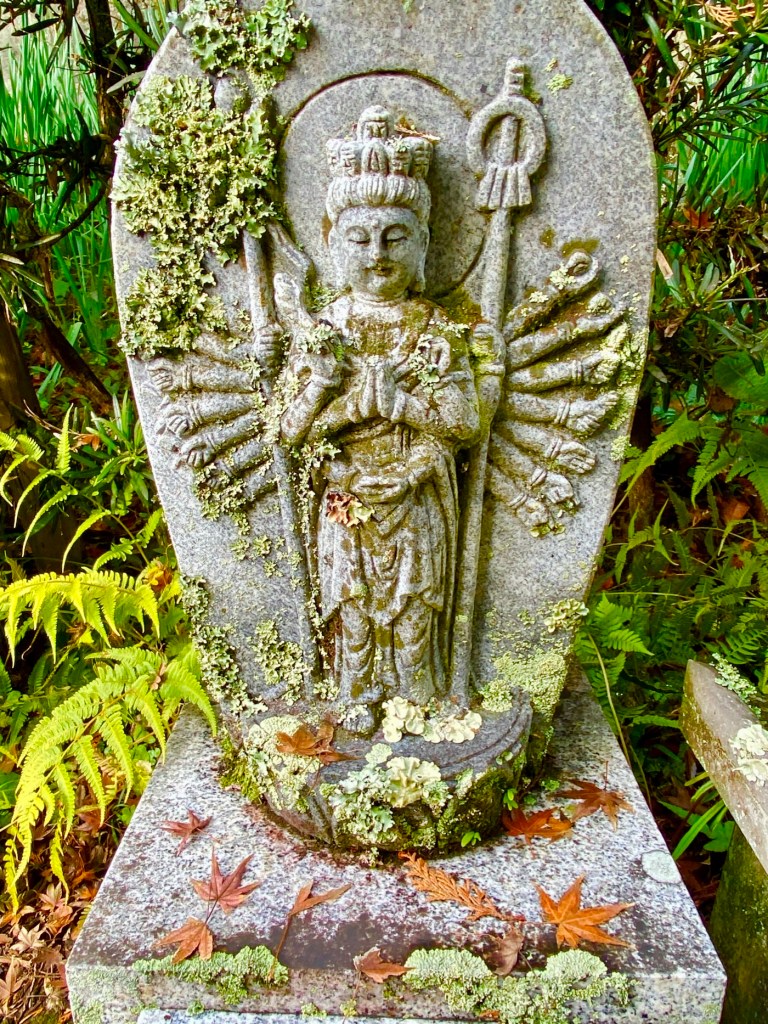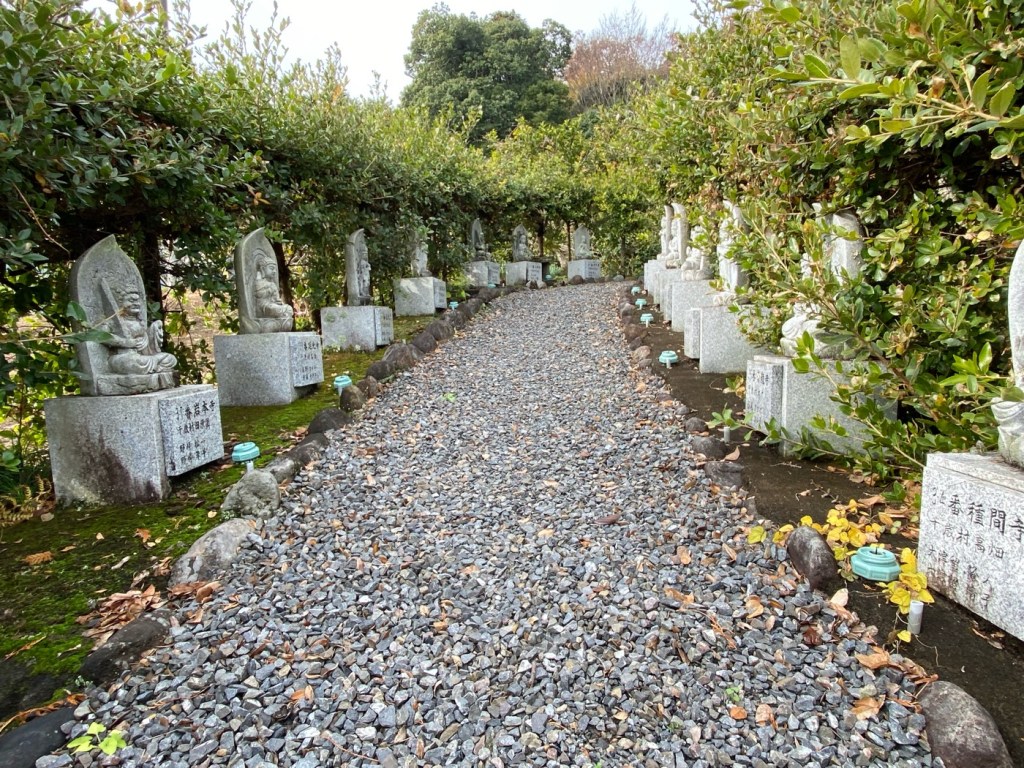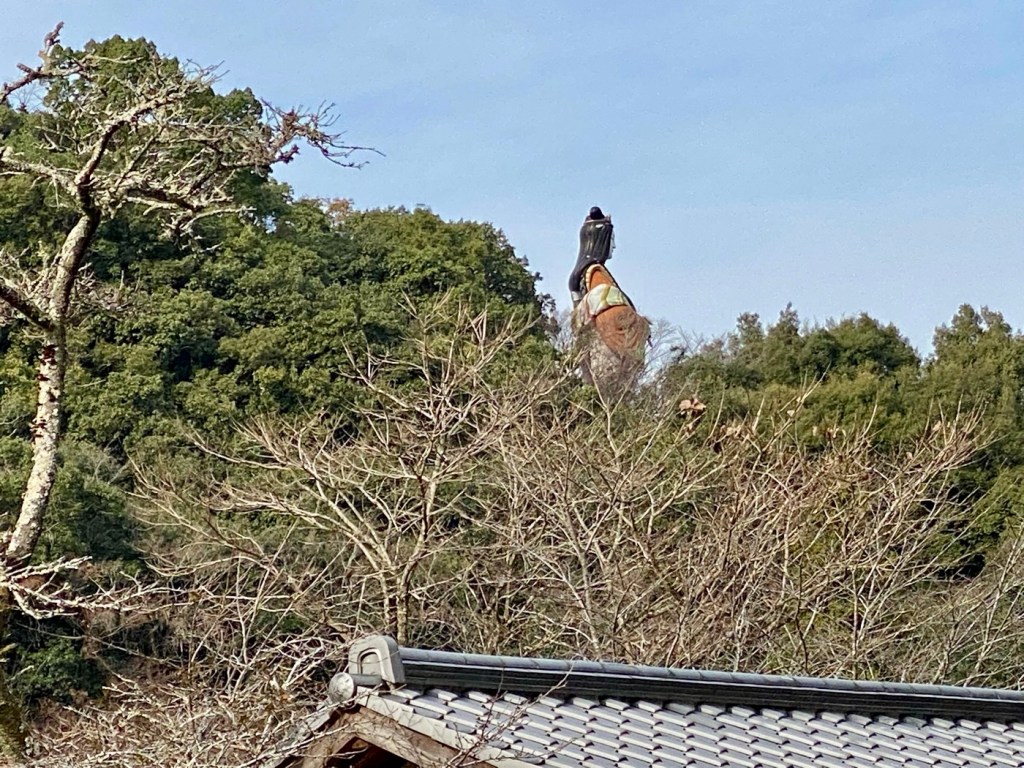Day 73 - Eating In Dives, Visiting Ancient Temples In Miemachi, And The Story Of How Charcoal-Grill Kogoro Found Gold, The Kyushu 108 Temple Pilgrimage, Japan
Day 73 - Eating In Dives, Visiting Ancient Temples In Miemachi, And The Story Of How Charcoal-Grill Kogoro Found Gold, The Kyushu 108 Temple Pilgrimage, Japan
As we are getting closer to the end of the pilgrimage, we are also getting closer to the most populated part of Kyushu Island.
The streets are full of people and we can rarely get a seat on the trains as we return to our hotel at night.
I can’t tell you that I am happy about the crowds.
I am already missing the quiet villages, empty forests and rural walks by the rivers.
This is why the two temples we visited today in the Miemachi area were so refreshing.
Located just a short distance west of Oita City, this area feels like a very remote place.
The two temples we have in this area are located in opposite directions.
One is north of the town of Miemachi and the other is south.
We started by walking north first, thinking that we could eat lunch somewhere in town during our walk south afterwards.
The history of Temple #96, Kenryu-ji Temple (Gedatsuzan Kenryuji), started about 500 years ago, with a Buddhist monk from Kyoto who built a temple and enshrined two statues, “Otago Shogun Jizo” and “Fudo Myoo".
That temple was burned down, but fortunately, the principal images were carried out of harm’s way by the presiding monk at that time.
The temple was rebuilt and the statues were enshrined again, but attendance declined as the times changed, and the remote temple failed to attract support and visitors.
In the year 1655, in the early Edo period, the temple was rebuilt and renamed, Kenryu-in Hosen-ji Temple.
As time passed, it declined again and in 1781, in the late Edo period, it was moved to its current location, and became the symbol of the mountain.
It has stayed so to the present day.
On the way to the temple’s main hall, we climbed up the stairs and then veered into the garden, where there was a mini Shikoku 88 Sacred Spaces Pilgrimage.
There were 88 stone statues of Buddhas, spread out on the hill leading up to a beautiful Kannon-sama statue.
The garden was beautifully planted.
The stamps were placed outside the main hall, so after chanting the Heart Sutra we stamped our own book and scroll, even though it was obvious to me that someone was in the house.
I figured that if they wanted visitors to knock on their house door, they would not have left a box to do it yourself.
Respecting their wishes for privacy, I was happy to do it myself and walk down the mountain towards town.
In town, I thought that we should have an Okonomiyaki and yakisoba lunch in one of the dive restaurants.
A “dive” is typically a small, unglamorous, eclectic, old-style eatery with inexpensive but usually good food.
It may feature dim lighting, shabby or dated decor, and it might be a bit grimy, but dives are always interesting.
Usually it is a cash-only place and it has a local clientele, some who seem to be permanent features of the place.
This Okonomiyaki dive had no tables, only one long bar with seven bar stools.
We were the first to arrive and we squeezed into the far corner.
Jules looked around and said that this was the “Diviest Dive I have ever taken us to!”
I ordered a vegetable only Okonomiyaki and a vegetable only Yakisoba.
The woman who owns the dive has been cooking these dishes in this shop for over fifty years.
The decor has not changed since the beginning.
She fired up the griddle and poured half a chopped cabbage and the Okonomiyaki mix onto the griddle and shaped it into a big thick circle.
Then she prepared the vegetables for the Yakisoba noodles.
It looked like a few pounds of raw chopped vegetables, but they quickly cooked down to a normal portion of vegetable noodles.
She worked the dishes with two steel spatulas, like the master she is.
The food was delicious and the bar filled up quickly with locals, and she even got phone orders.
The cost of our lunch was $6 for two people.
She insisted on reducing the price from $8, because we didn’t have any shrimp or squid, which the Okonomiyaki is usually made with.
In the reviews of the restaurant on Google Maps, people who have been eating here since they were kids in school said that they were praying for her health so she could stay healthy and strong and able to continue cooking her delicious food for many more years.
We both agreed that Dives are the best choice of food in many places in Japan.
We also loved watching a few Japanese TV shows on Netflix featuring dive eateries like “Midnight Diner,” where the chef/ owner encounters people from all walks of life, as they enter his dive diner.
Aside from his delicious simple meals, he also offers them insightful advice about life.
Since the success of Midnight Diner, more shows with a similar concept have become popular, and we have loved watching them all.
We walked south to Temple #27, Uchiyama Renjoji (Uchiyama Kannon).
As we approached the temple, we saw a big woman statue on top of the mountain.
This is a huge statue of Princess Hannya with a height of 22 meters, standing on the mountainside.
It is a symbol of the town.
As we continued walking, the area became less residential, with more parks and beautiful trees.
Renjo-ji Temple is located in the quiet Uchiyama area, beyond the Mikuni Pass along National Route 326 (The Hyuga Kaido Road) leading from Mie Town to Kitagawa Town in Miyazaki Prefecture.
Before we reached the main hall, we visited the stunning ancient hall filled with 1000 Yakushi Nyorai Buddha statues that were enshrined there.
Yakushi Nyorai is believed to be the Buddha of healing and restoration.
Renjo-ji Temple is commonly known as "Uchiyama Kannon" because the principal image is a Senju Kannon- a thousand armed Kannon, the Goddess of compassion.
Renjo-ji Temple has a long history, and according to temple legends, it might be the oldest Buddhist temple in Japan.
The Japanese records claim that the oldest temple in Japan is Gango-ji Temple located in Nara, and that it was built in the 700’s.
But this remote and beautiful temple has a history that dates back even earlier.
It is said to have been founded by Renjo, a monk who came from Mt. Tendai in China in the 15th year of Emperor Kinmei (546) and that he built the temple with funds from Manano Choja (The Charcoal-grilled Kogoro).
The story of how a humble man called Charcoal-grilled Kogoro became so rich is as follows:
“A long time ago, right in this area, lived a poor boy named Fujiharu.
When he was young, he lost both his parents and was raised by a charcoal maker.
The boy was called charcoal-grilled Kogoro.
In that time in Yamato, lived a very beautiful princess named Princess Tamatsu Hannya.
The princess had developed pimples and her skin was bruised all over her face.
She began to pray for healing.
One night, a Goddess appeared to her in her dream and said:
"There is a person called Charcoal-grilled Kogoro who lives in Satoyama, Mie, Bungo Province.
If you marry this person, you will heal and be wealthy and become the eldest in the end.
Oh, and there is a cedar twig in his hair”.
Next spring, the 16-year-old princess escaped from the capital and went down to Bungo, with a flutter of excitement in her heart.
However, her face in the mirror hadn’t been cleared yet.
The princess became sad and threw away the mirror, which shattered into many pieces.
As night approached, she was at a loss, when an old man with white hair appeared and said, "I know Kogoro well.
Stay at my house tonight.
Let me take you to his house tomorrow”.
The princess decided to rent a room for the night in his inn.
That night, the princess had another dream.
She saw a magnificent mansion with beautiful flowers in a serene garden, with many maids.
She saw a golden turtle who said: “if you wash your face in the "Kinkame Fuchi", your bruises will fall off and your skin will heal”.
The princess did not know what the Kinkame Fuchi was, but it was a dream that inflamed her heart.
The next morning, the old man guided the princess to the shabby hut where Kogoro lived.
A poorly dressed young man came out of the hut.
It was Charcoal-grill Kogoro.
The princess talked about coming all the way from the capital by a divine guidance, and Kogoro who was stunned at first, agreed to living together.
The princess took out from her kimono a big piece of gold that she had brought with her.
She gave it to Kogoro and said:
"Take this and go get some food for us".
In the late afternoon, Kogoro came back with empty hands.
The princess inquired about his empty hands, and he said:
"There was a duck in the lower Fuchi River, so I threw that stone that you gave me at it, hoping to catch it, but I couldn't hit it”.
The princess was surprised and said:
"That was not just a stone, but a real treasure called gold!"
Kogoro replied surprised:
"Really? There are a lot of the same stones around the charcoal grill in the lower Fuchi River".
The princess was surprised and demanded that he take her there right away.
Indeed, there was a lot of gold in the Fuchi River, and the water swirled in golden colors.
The princess washed her face in the golden water, remembering the dream she had the night before and thinking that the Fuchi river must have been the golden turtle that appeared to her in her dream.
Her facial infection quickly disappeared and she became a beautiful woman again.
Kogoro, who was washing himself in the river, also turned into a wonderful, handsome man.
The two picked up as much gold as they could carry and became very rich and respected people in the town.
They lived in a beautiful mansion with a beautiful garden full of fragrant flowers, and they had many maids.
Kogoro became more and more religious as he became older, and near the end of their lives, they indeed became the eldest people living and had a sweet long life.”
The principal image of the Senju Kannon is currently enshrined in the Kannon-do Hall behind glass, with 998 Yakushi statues standing on both its sides.
This neighborhood is also known as a famous place for viewing cherry blossoms in spring, and the autumn leaves as they change their colors.
The belief in the powers of the Buddha Nyorai to heal was popular from the fourteenth century up to the nineteenth century, and the faith permeated through to the feudal lord class, which protected the temple and gave it crucial support.
These sculptures were created almost a thousand ycars ago.
There is also a small Kannon sculpture in the main hall that is only 5 cm high.
It is open to the public only once every year, on 10 January.
We did not meet any monks or nuns in the temple and we were free to roam the grounds.
A gardener came to ask if we needed any help, but the stamps were clearly visible and a sign said that visitors could stamp their own books.
Before our walk back to town, we sat in the park to drink tea and enjoy the autumn leaves.
We returned to the train station and took the next train to Oita, then transferred to the train to Beppu.
We walked to our hot springs hotel, a bit amazed by how many tourists came to Beppu.
There were tourists everywhere, wheeling their suitcases and streaming in and out hundreds of hotels.
Beppu was already busy a decade ago, but this was something else.
This was crowded, and grimy and noisy.
I wished I was somewhere in the mountains, in an unknown tiny onsen town…
Good night and sweet dreams to you,
Tali
Stats: 25,258 steps
Today’s walk: 17.5 km
Kilometers walked to date: 1224 km
Temples visited:
Temple #96 Kenryu-ji Temple (Gedatsuzan, Kenryuji).
Temple #27 Uchiyama Renjoji (Uchiyama Kannon).
